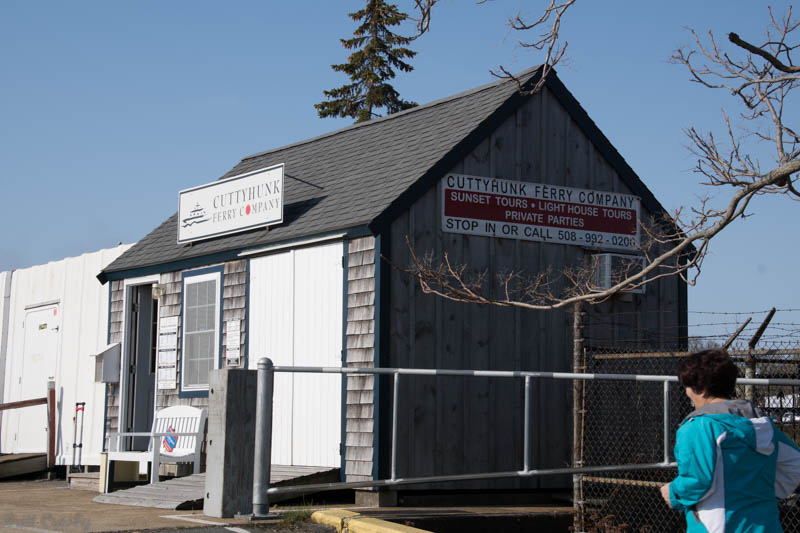
CapeCodFD.com
CUTTYHUNK ISLAND
Prescribed Burn
May 4, 2015

|
PRESCRIBED BURN ON CUTTYHUNK ISLAND Cuttyhunk itself is the last island in the chain, It is rather small, with just under 1 square mile of land area (.91 sq miles), and a winter population of under two dozen fulltime residents. During the summer season, the population swells to several hundred and the sheltered harbor is a popular stay over for many boaters. Of the year round residents, about 6 or so are actively on the Cuttyhunk Fire Department. The department utilizes two bays in the local island power station. They operate a 1982 Ford/E-One 1000 gpm 500 gallon pumper that was originally at the State Fire Academy as its Engine 1. A couple years ago they got a second fire truck, a 1982 Chevy/Continental mini-pumper with a 750 gpm front mount pump with a 400 gallon tank which was formerly with the Aquinnah Fire Department on the Vineyard. There is no ambulance on the island, but there are some essential medical supplies and training to provide basic case until either Medflight or the USCG could arrive if needed. Minor medical problems go to shore by boat typically. The island has a high point of about 150' on lookout hill. Buried in the ground on top of the hill is a 60,000 gallon tank for the island's water system. A 70 gpm pump that must be manually started when needed keeps the tank full. The tank supplies domestic water for the homes on the island. It also provides for fire protection with a system of hydrants having satisfactory pressure from gravity to enable basic fire protection if and when needed. Fortunately for the island, fires are very infrequent, but there is of course always the potential for a disaster. Taking a proactive approach to reducing fire hazards on the island has been a priority since there are limited resources and mutual aid is essentially non existent. Since much of the island is covered in brush and is wildland, residents have been clearing breaks around their properties to prevent or reduce the potential of a wildland spreading to their homes. On Monday May 2, 2015, a group of firefighters and wildland management experts came to the island to work with and teach local firefighters some safe techniques for conducting a prescribed burn of about 1.5 acres pretty much in the center of the community surrounded by several structures. Fire District 1 Forest Warden Josh Nigro oversaw the operation and coordinated with local fire chief Asa Lombard and previous chief Seth Garfield to assure things were done according to plan. Engine 1 and Engine 2 were placed to defend properties should anything go wrong. Hose lines and use of a progressive hose lay system were deployed to contain the fire. Crews walked the area ahead of time and specific tasks were assigned using the incident management system. Weather was monitored and when everything was in place small fires were lit and the area was successfully burned over in a little more than an hour. The burn reduced the fuel load in that particular section and also helped reduce some of the tick population on the island. Cuttyhunk is served by a small passenger ferry that runs out of New Bedford harbor in the morning and returns to New Bedford in the afternoon. Electricity on the island comes from several diesel generators that run continuously at the power plant (same building as the fire station). The island life requires that individuals be self reliant and that they work with their neighbors when needed, especially in emergency situations. Part of the charm of the island is the sense of community that those who survive the winter together share with each other. |
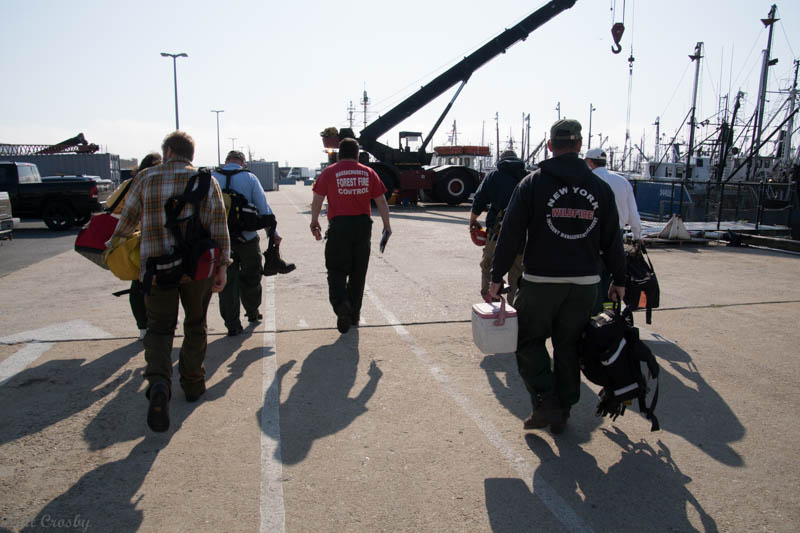
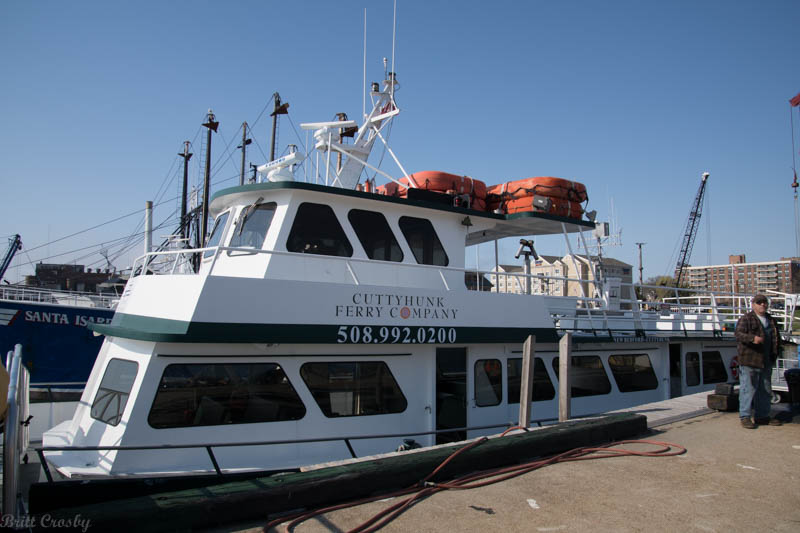
The ferry from New Bedford to Cuttyhunk
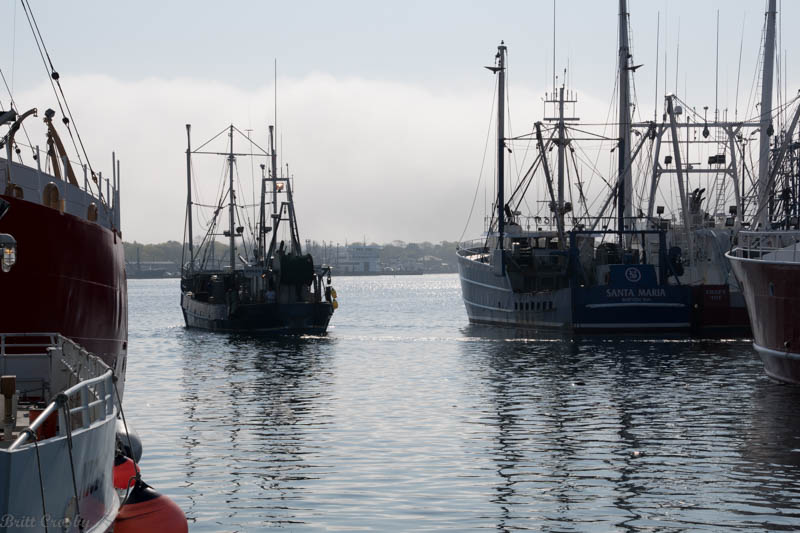
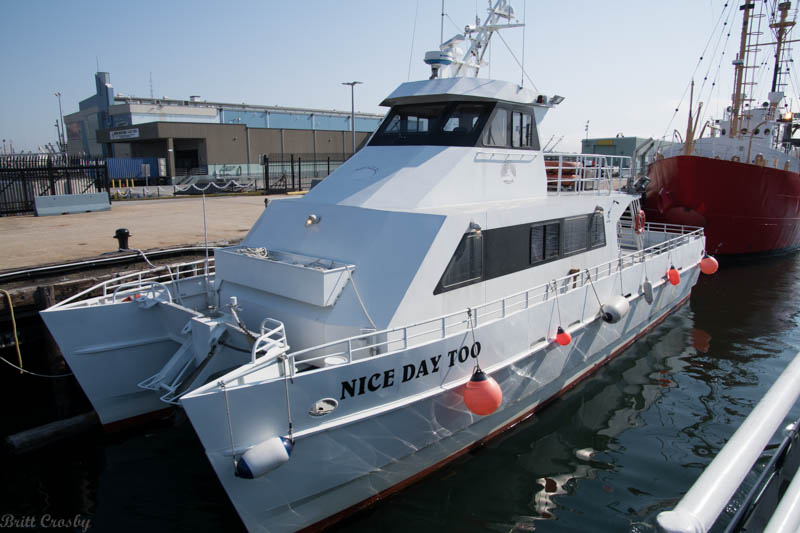
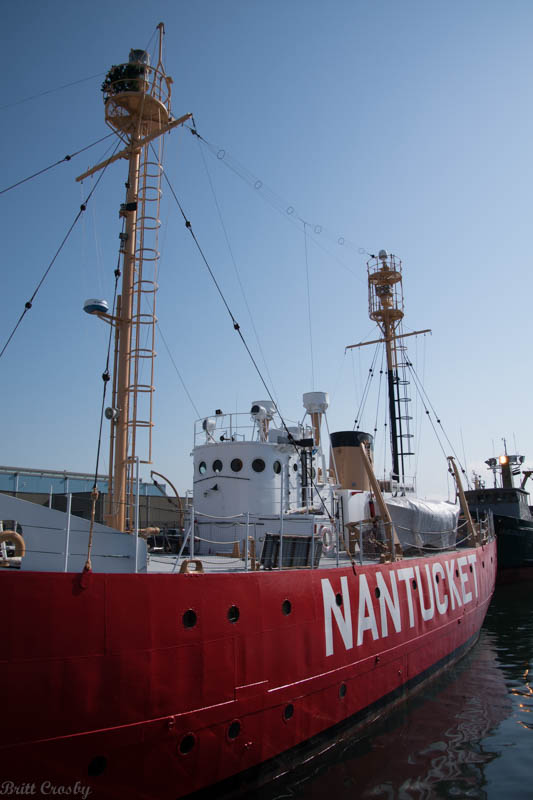
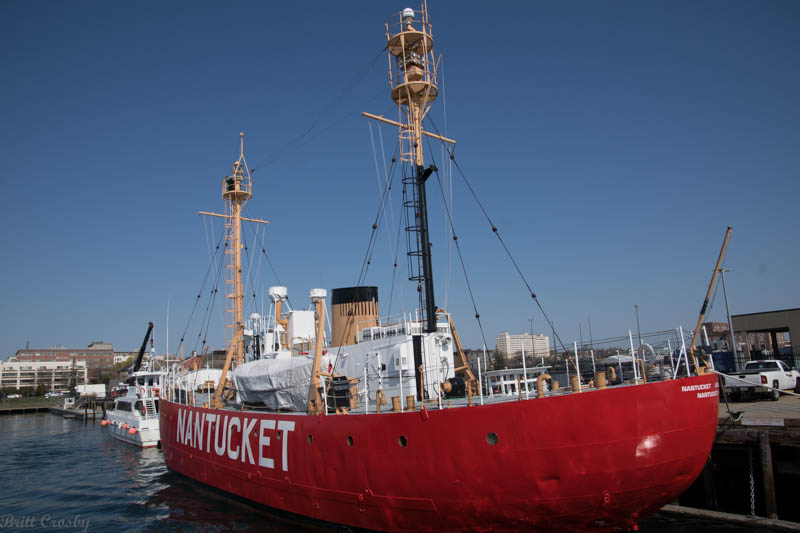
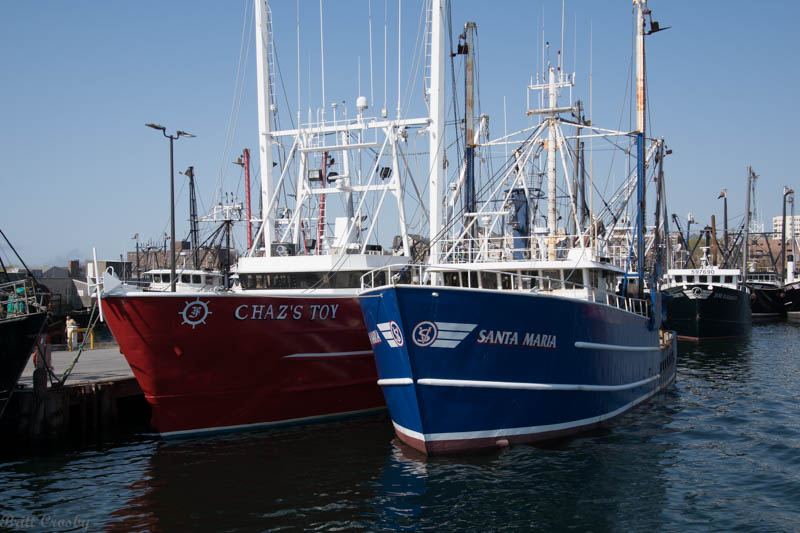
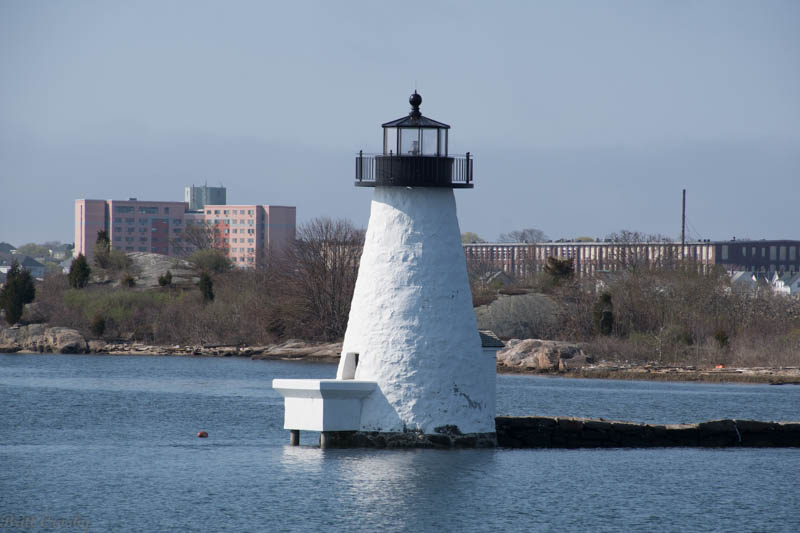
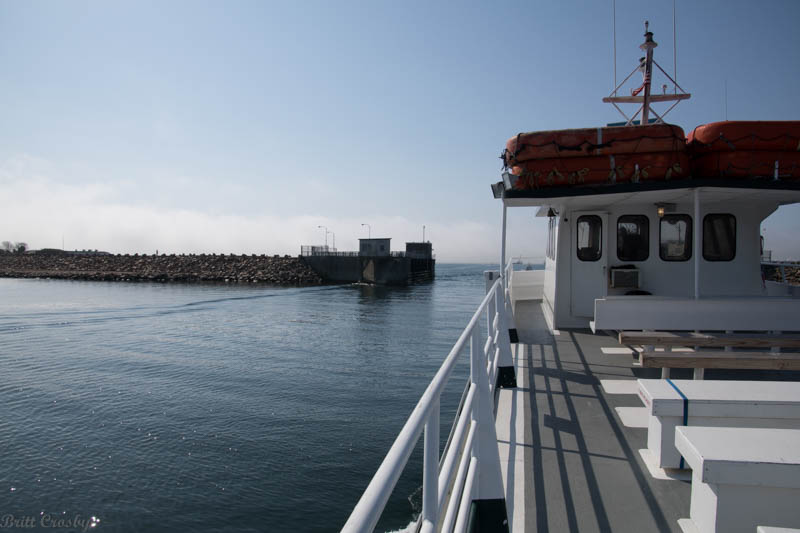
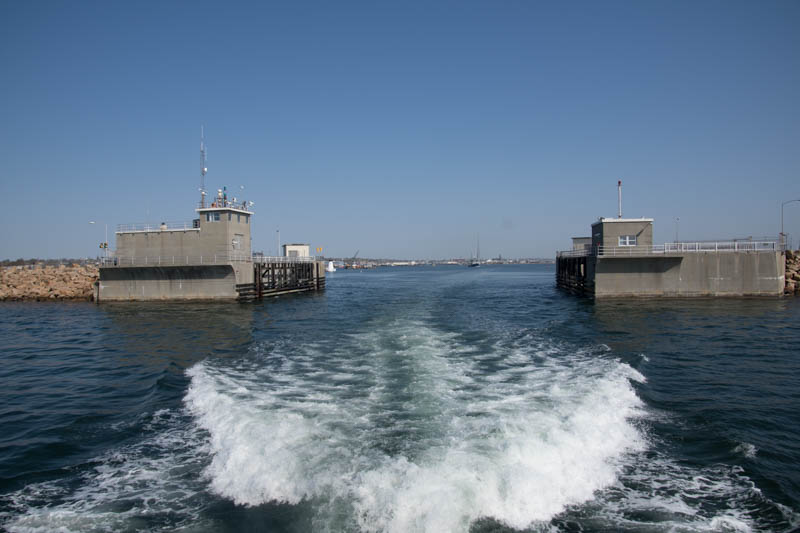
The opening to the hurricane barrier at New Bedford
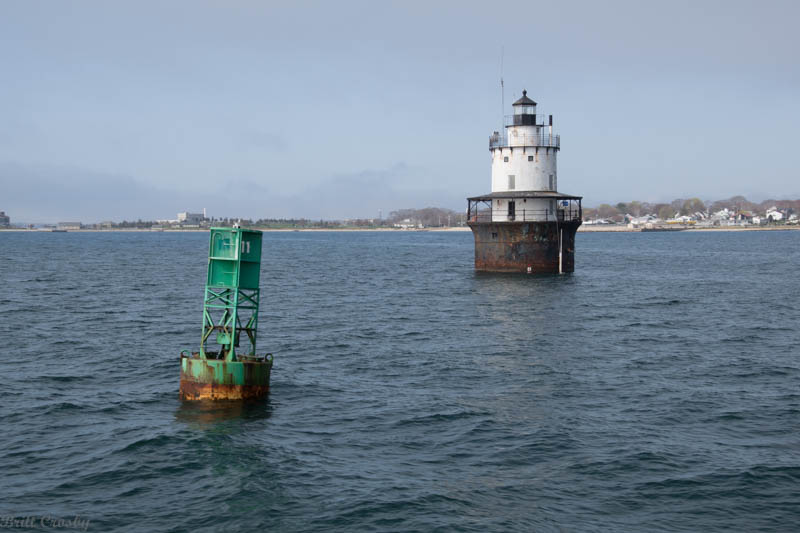
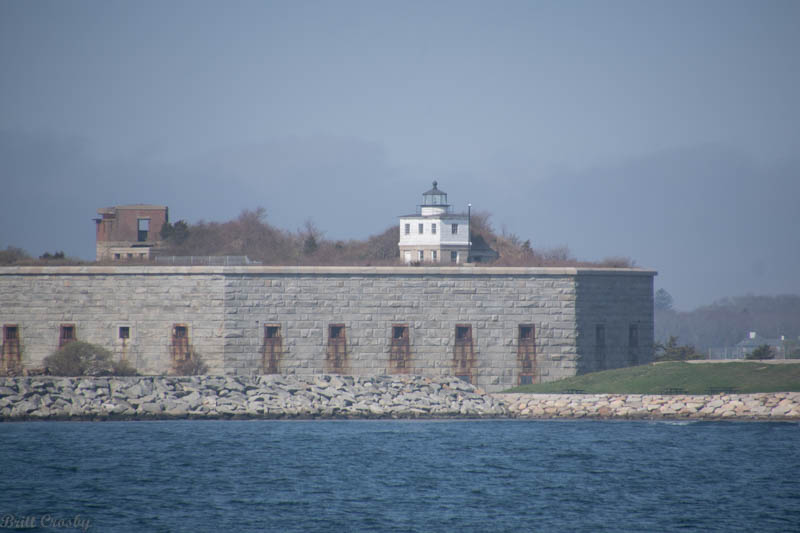
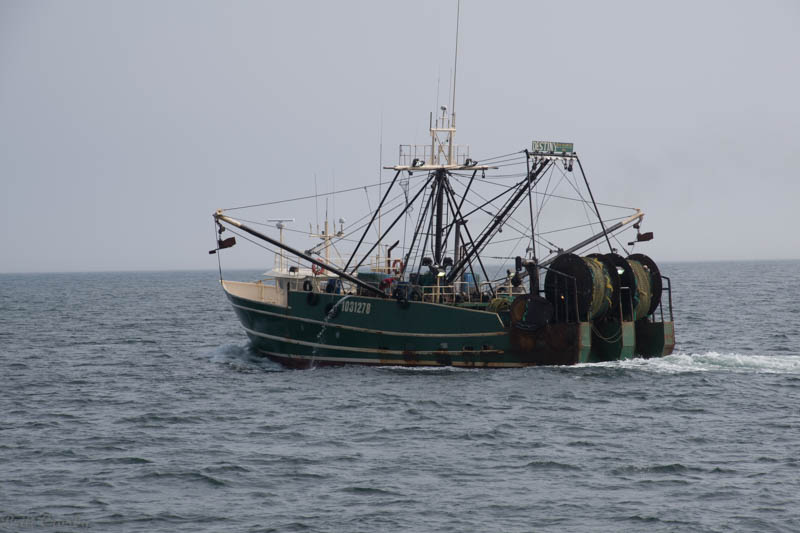
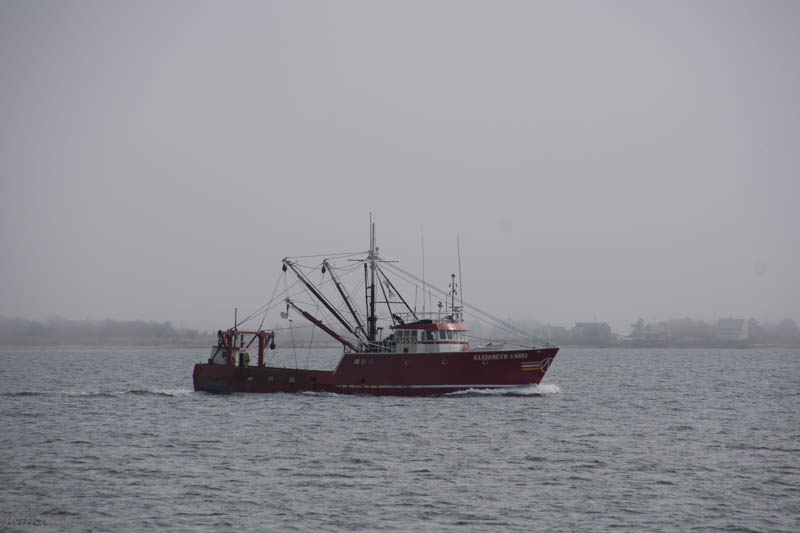
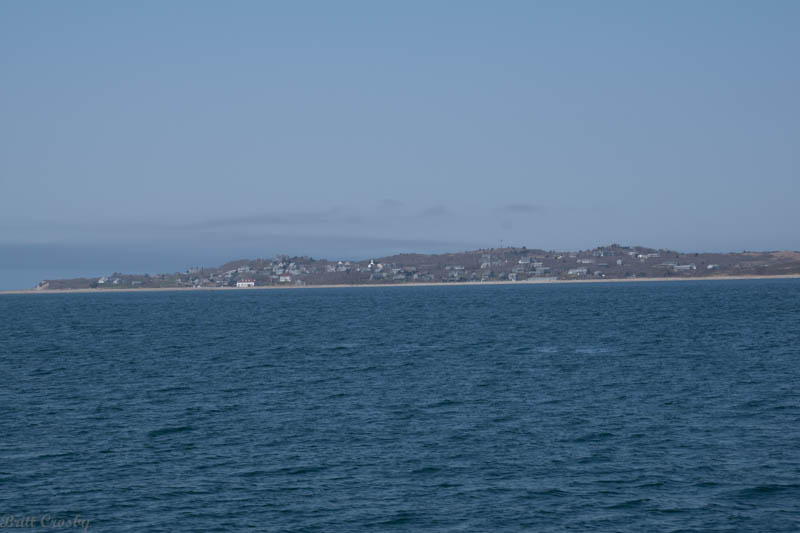
Cuttyhunk Island
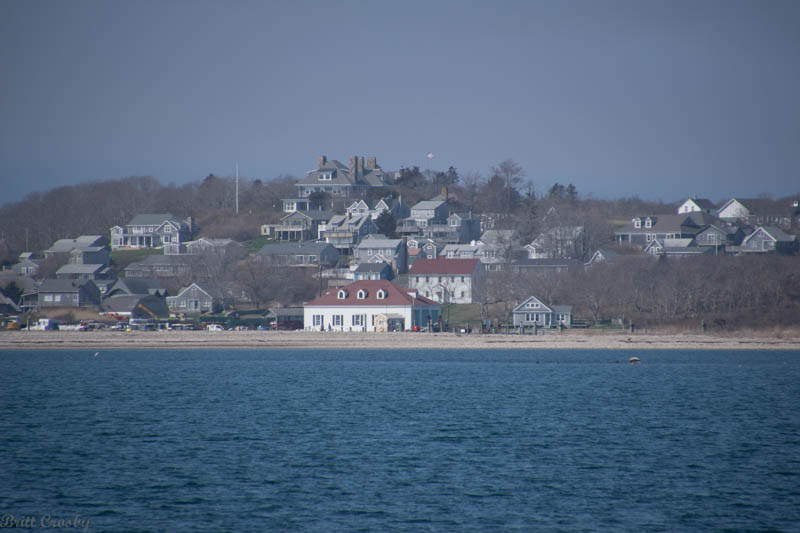
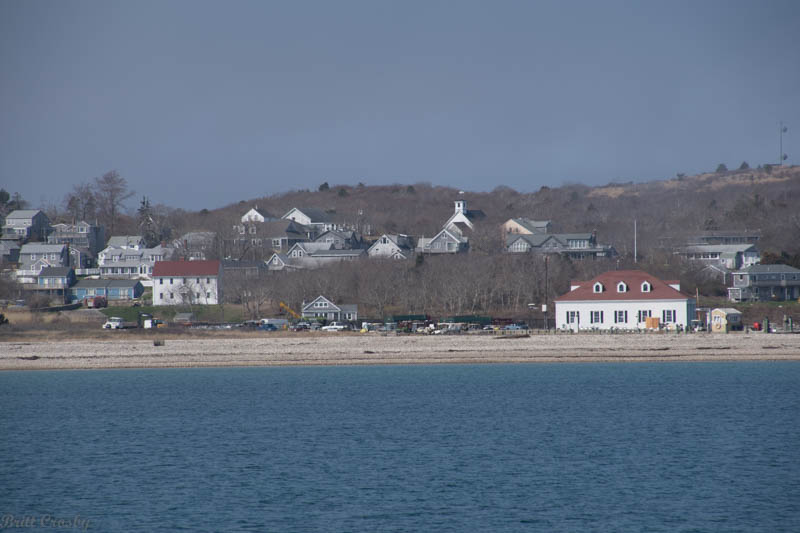
The Coast Guard once maintained a station here. The two buildings with the
familiar red roofs
are former USCG properties. The section of woods shown between them is the
area that was
burned during the prescribed burn on May 4, 2015.
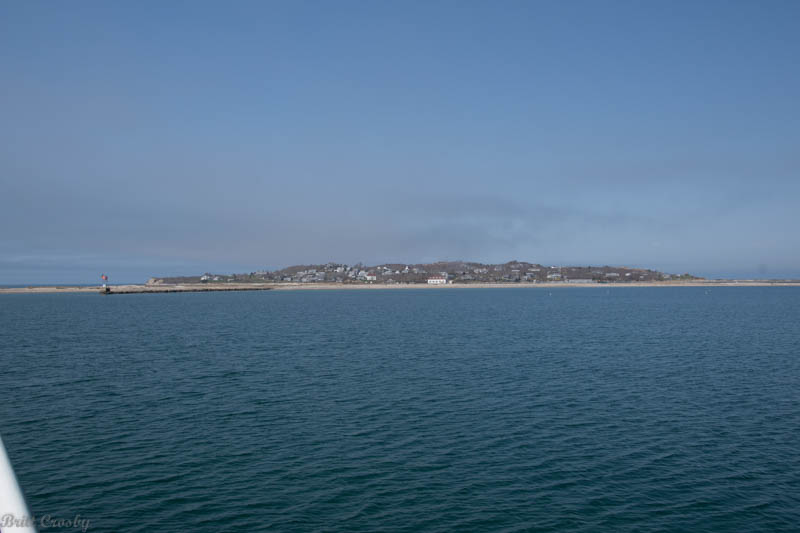
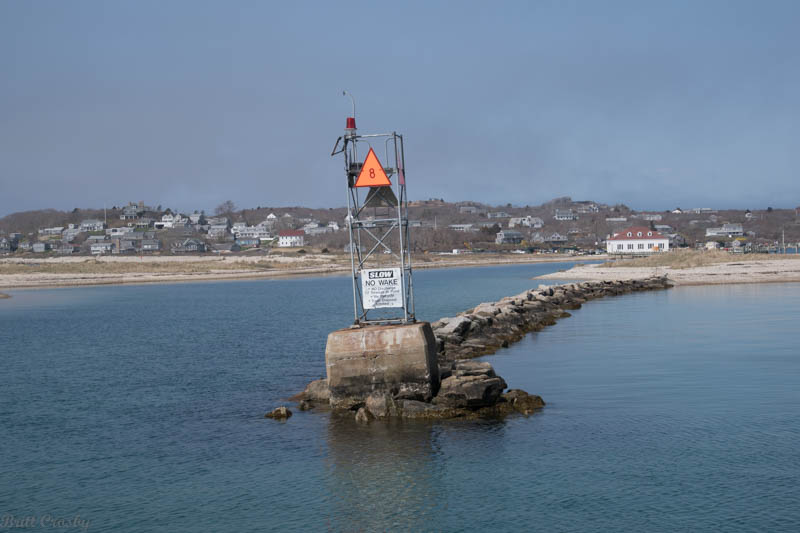
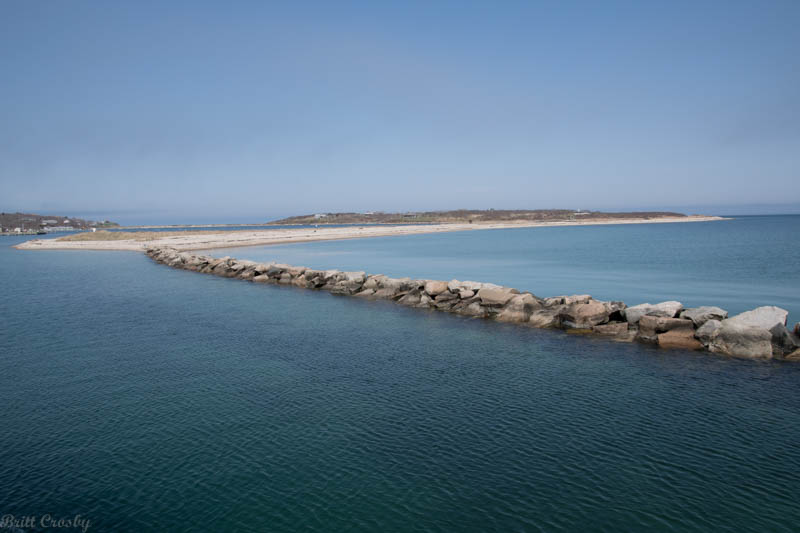
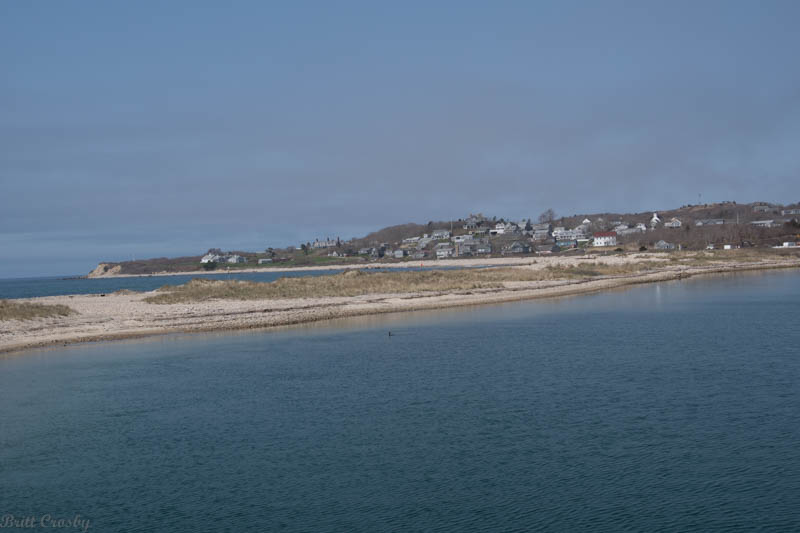
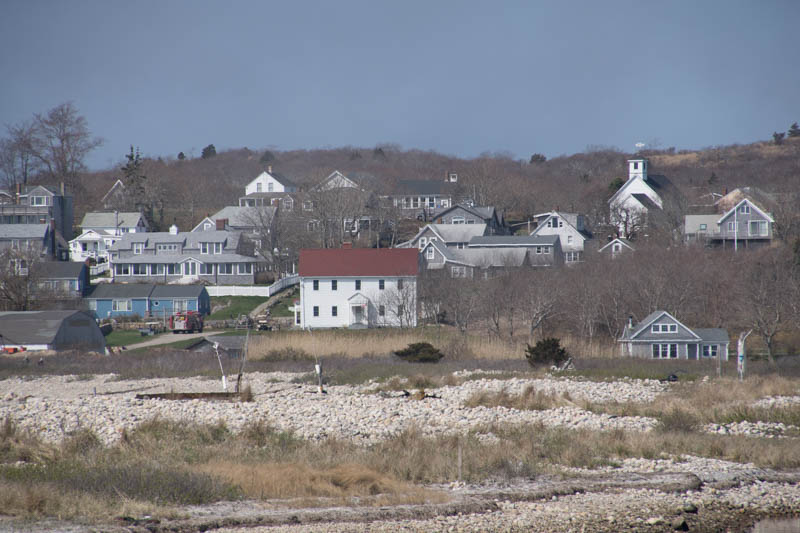
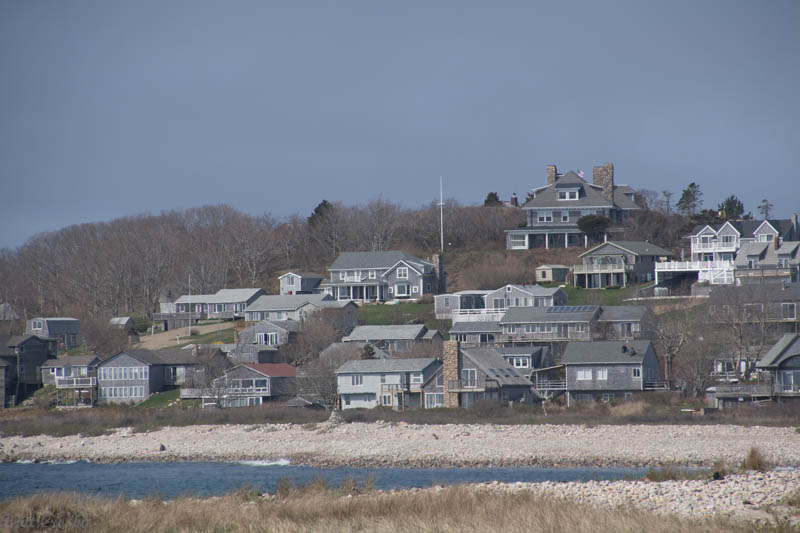
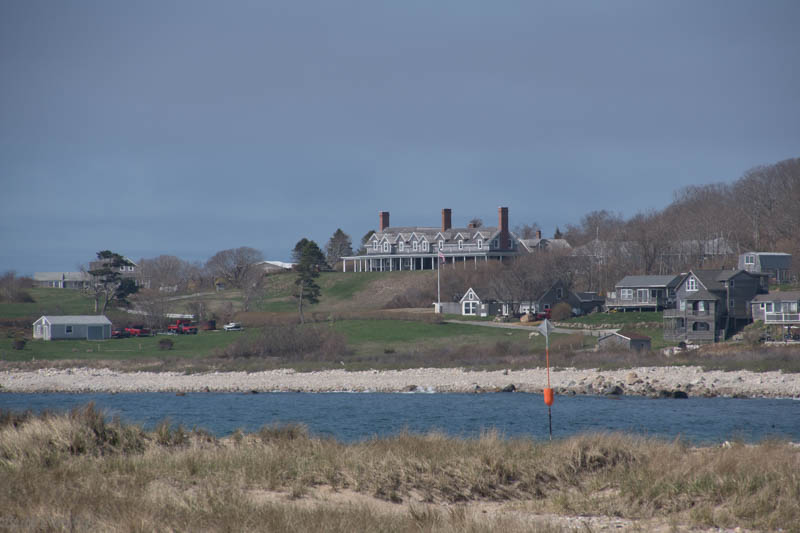
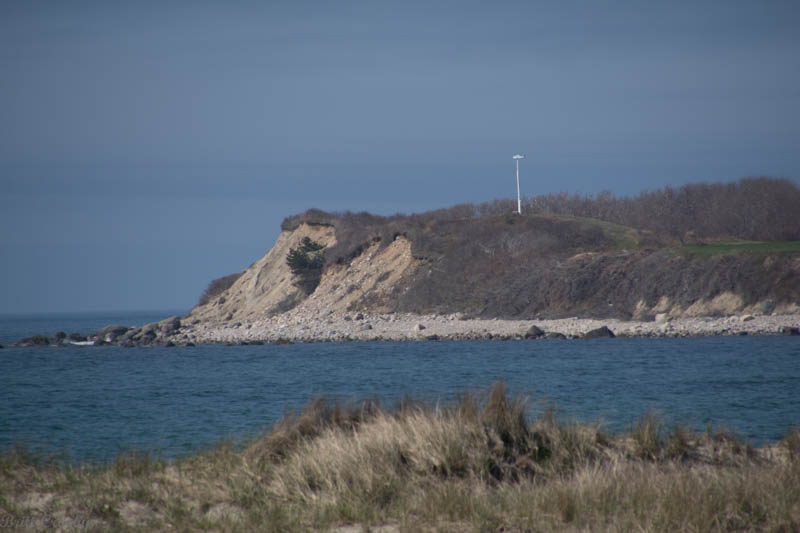
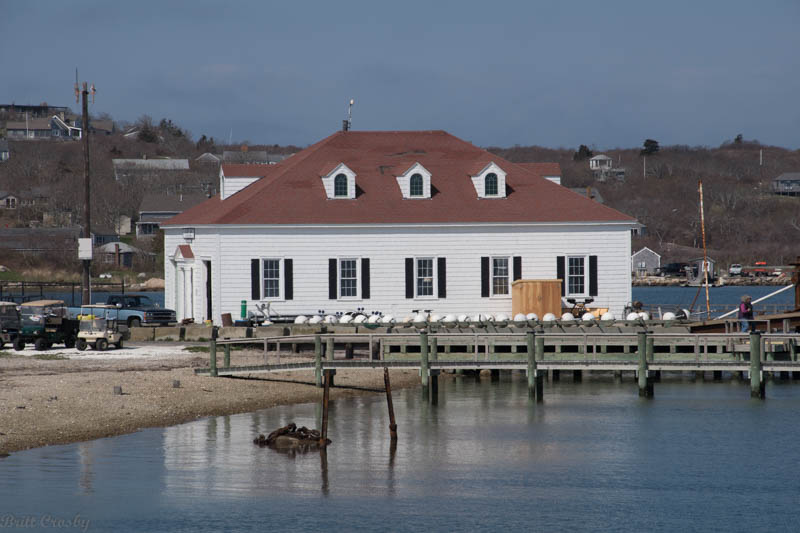
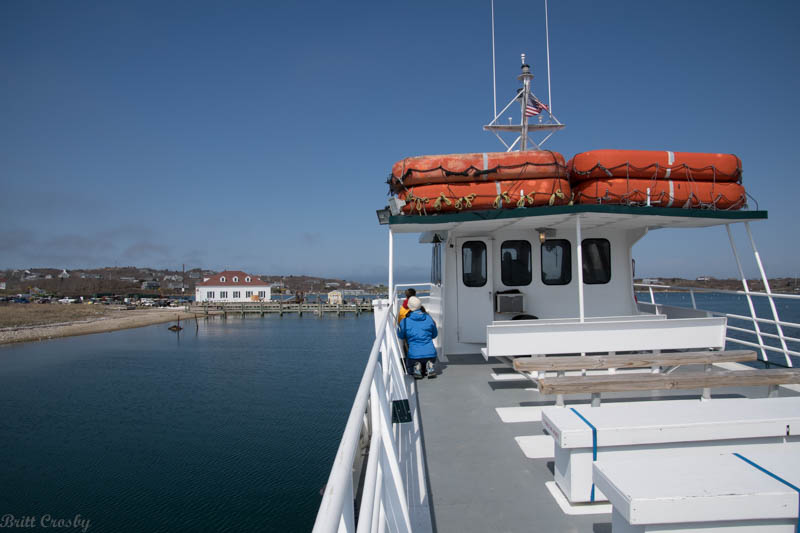
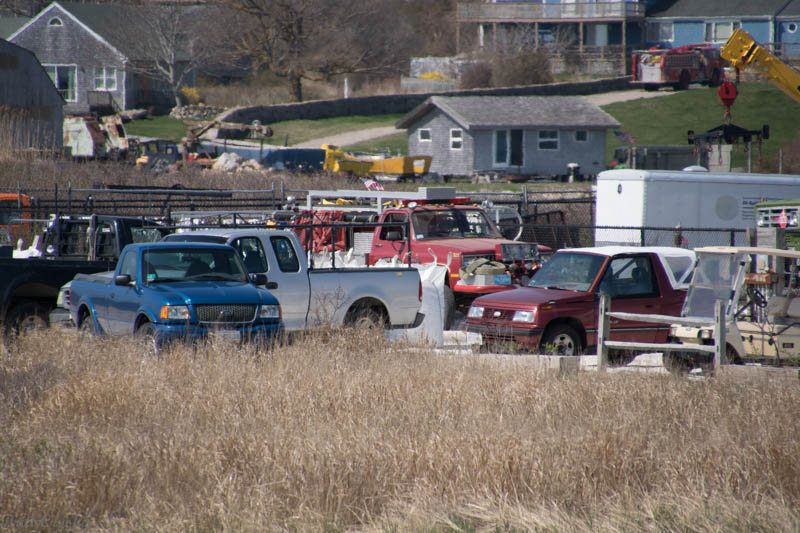
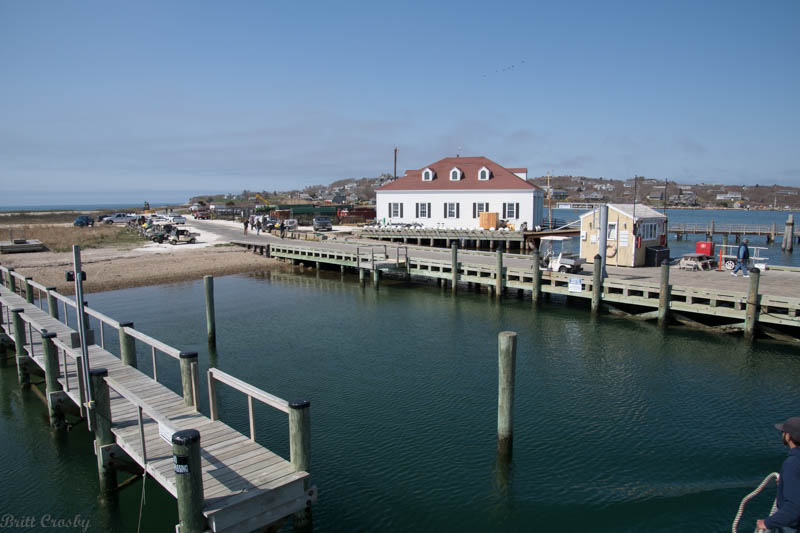
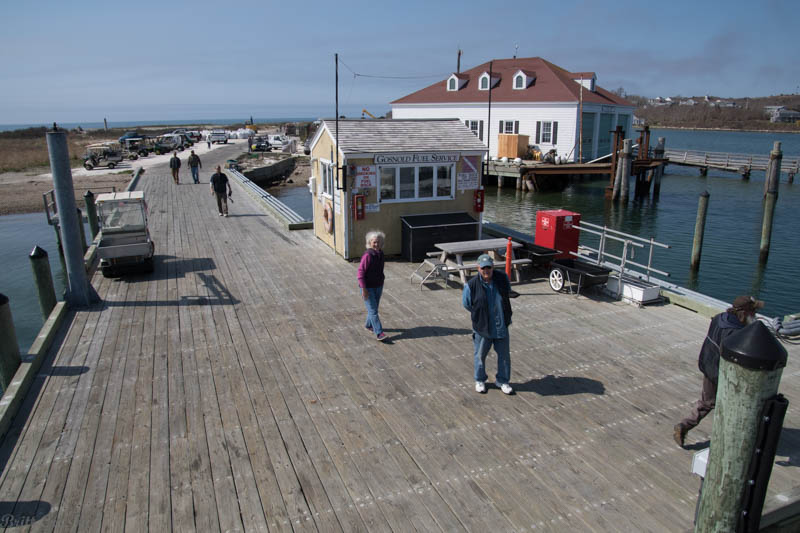
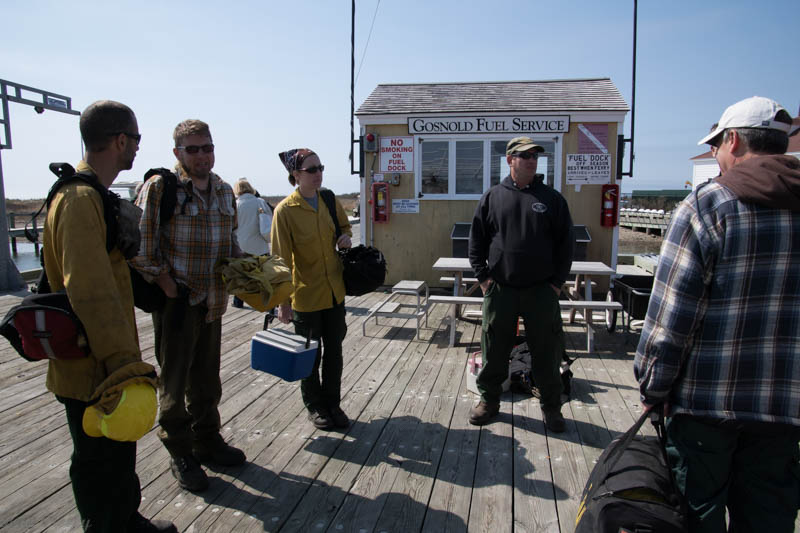
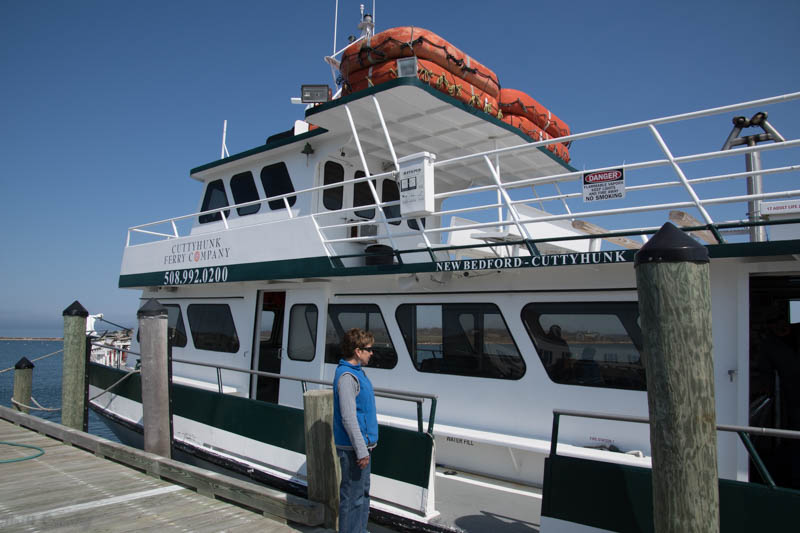
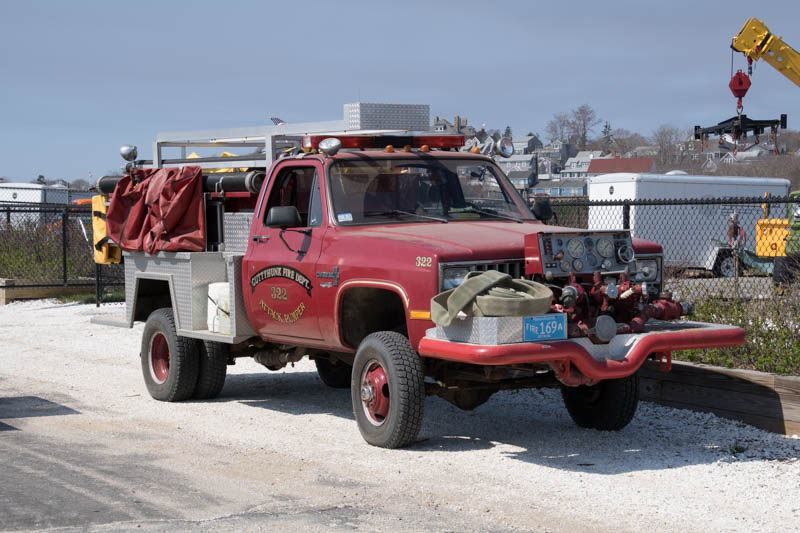
Cuttyhunk Engine 2. Formerly Aquinnah Engine 322.
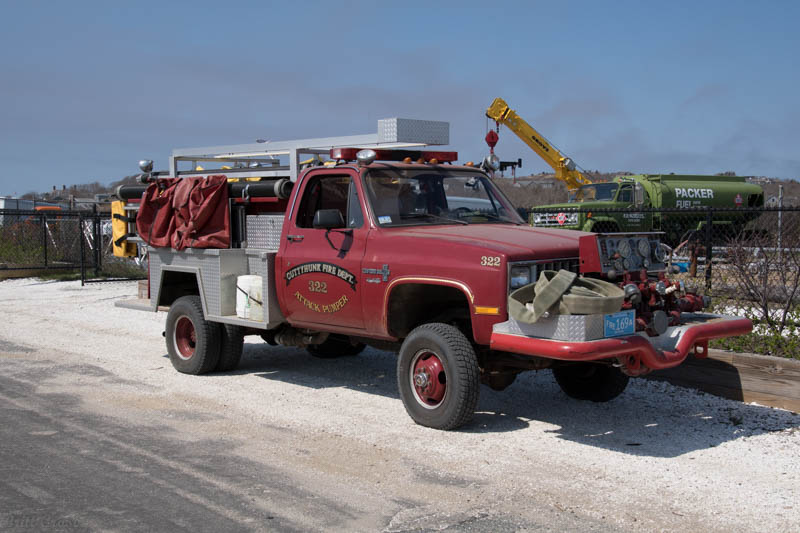
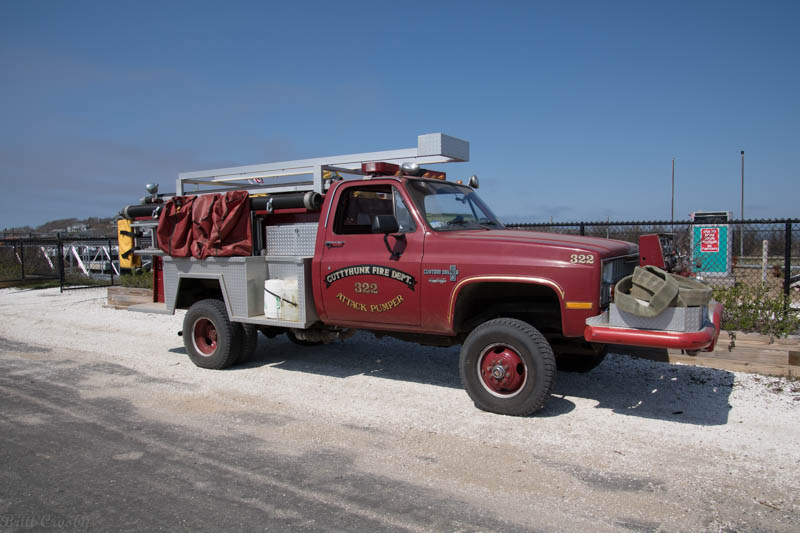
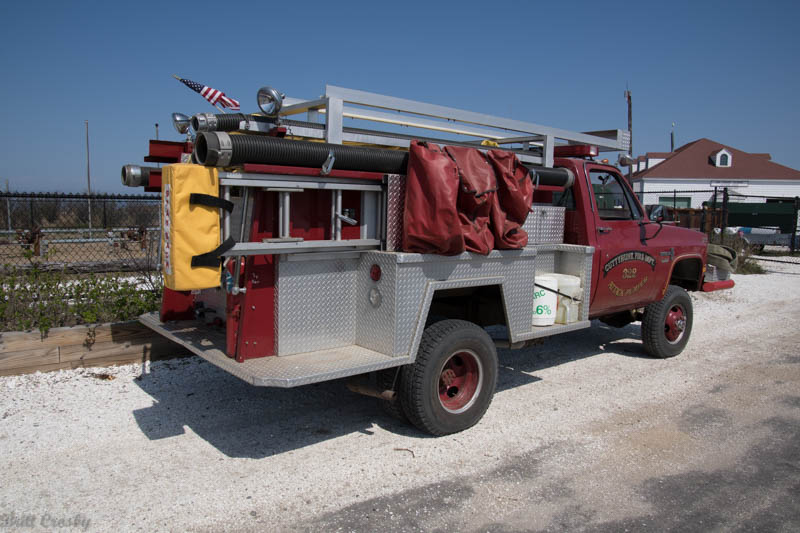
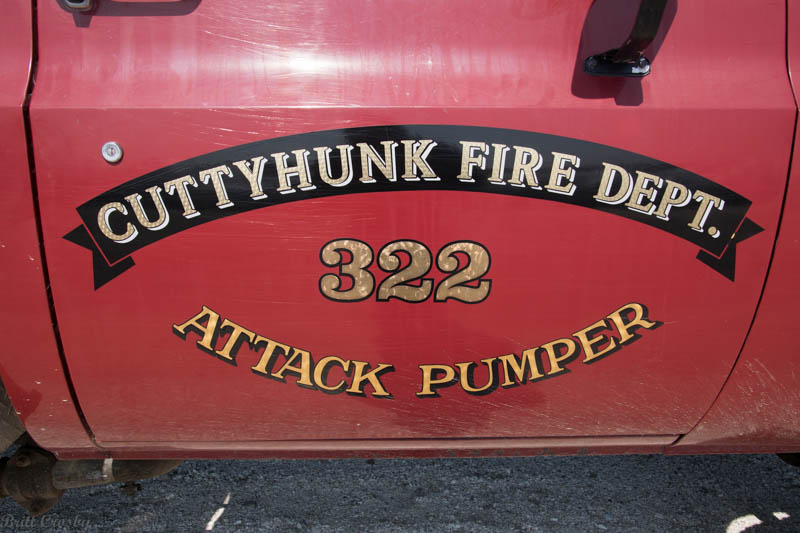
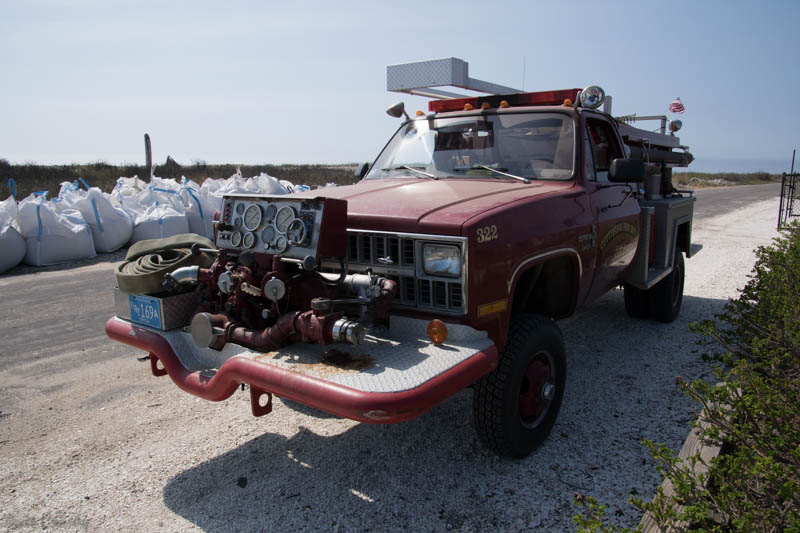
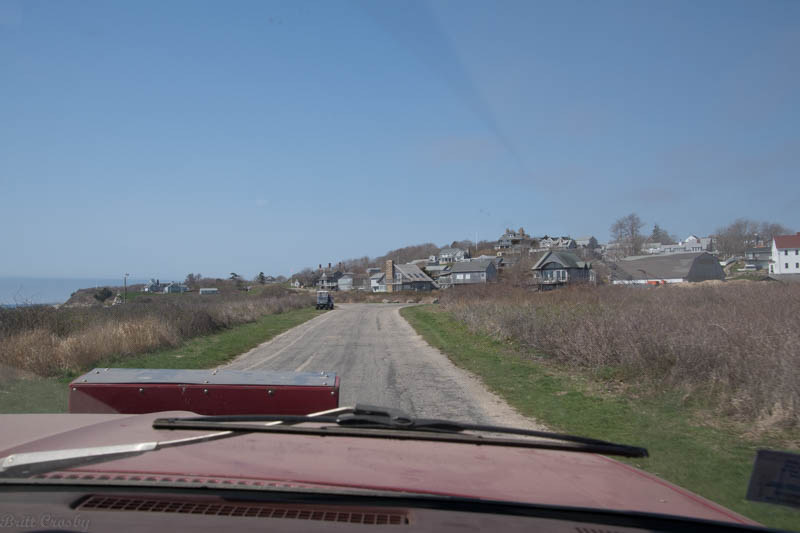
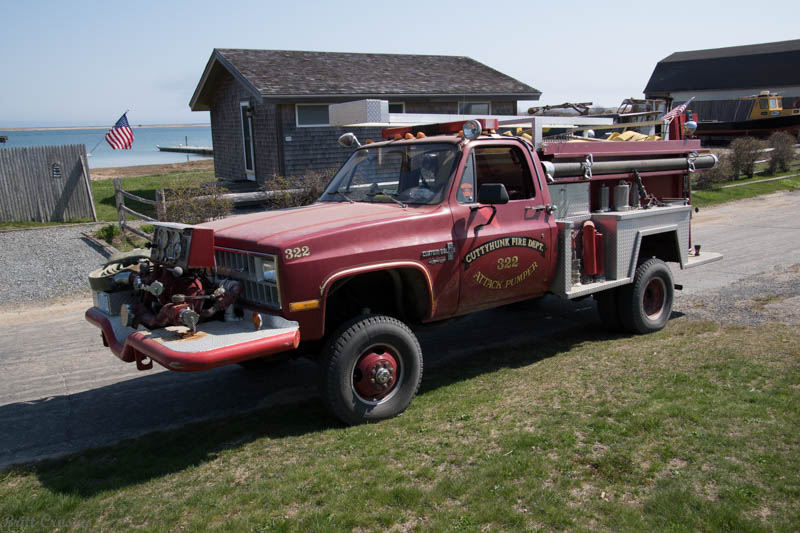
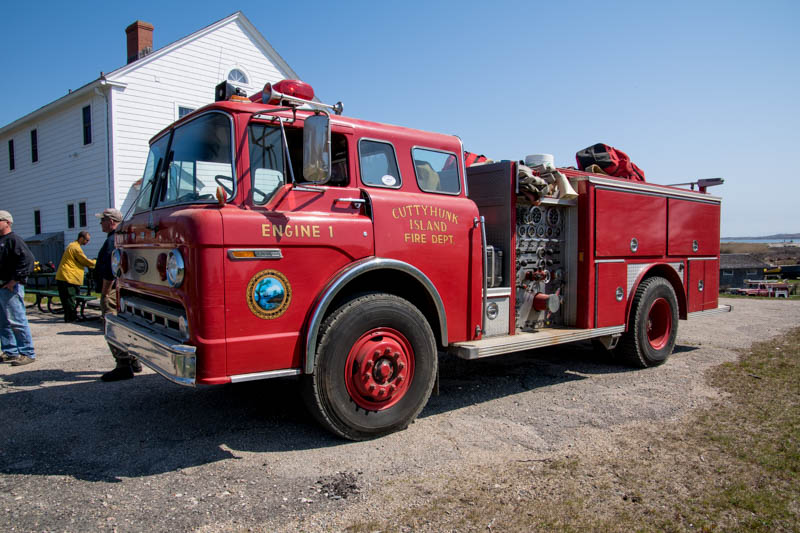
1982 Engine 1 is a Ford / E-One 1000/500 Pumper.
It was originally State Fire Academy Engine 1.
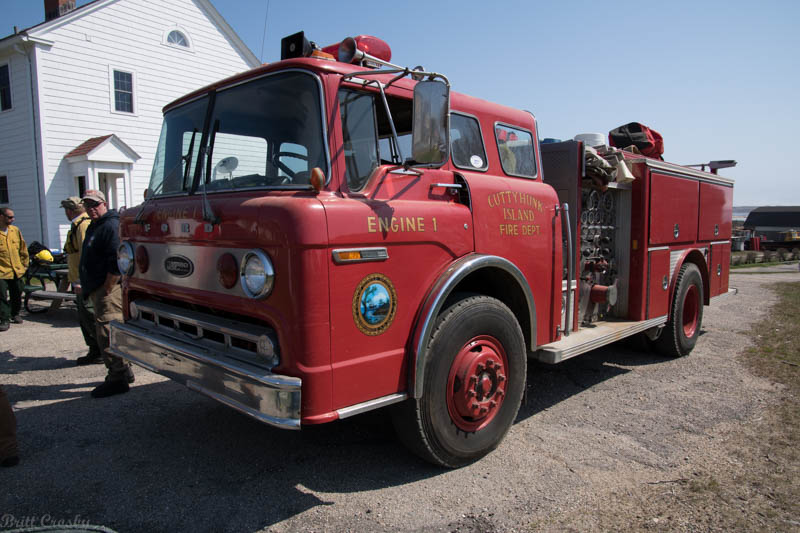
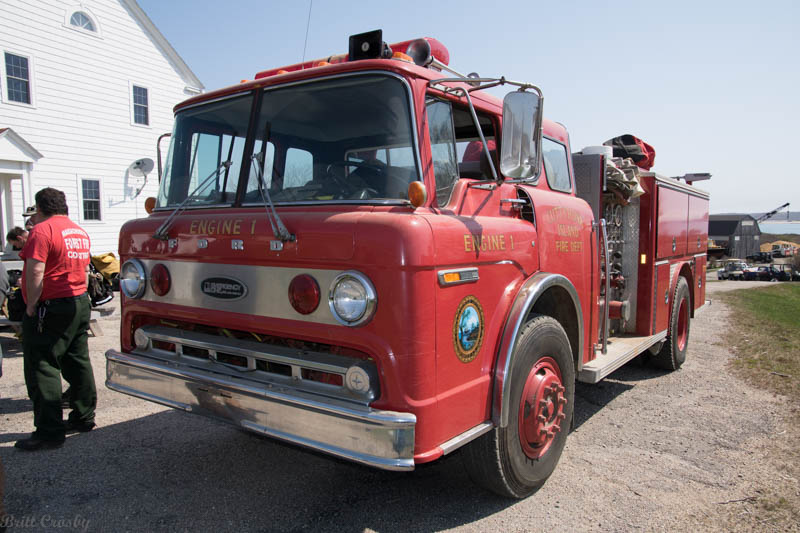
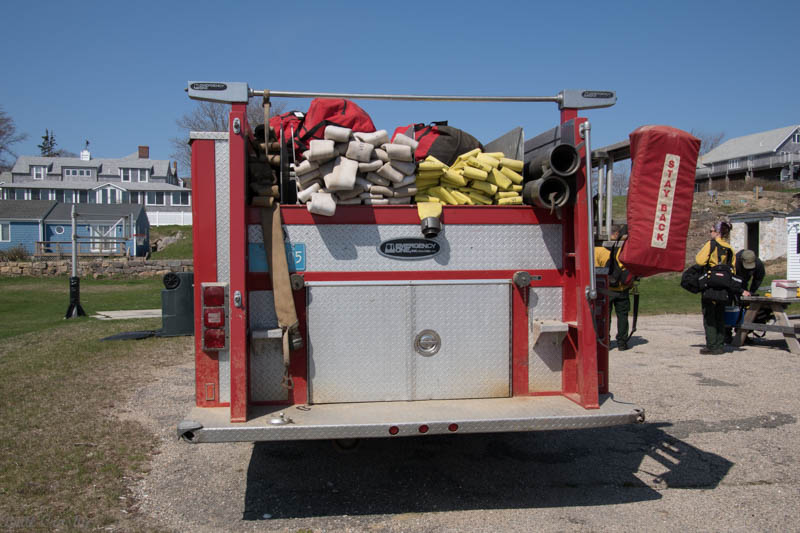
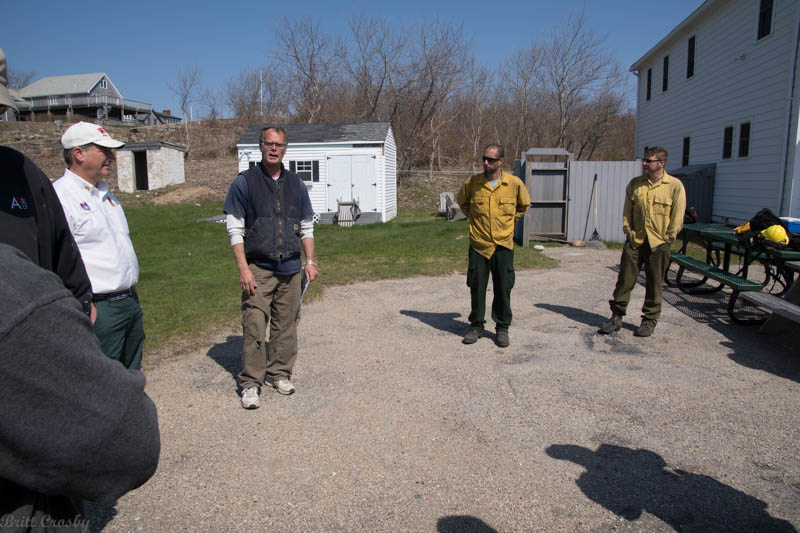
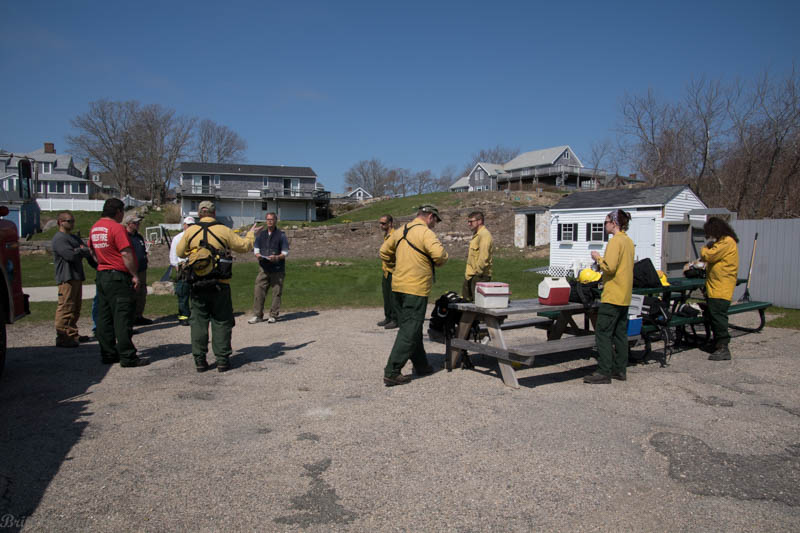
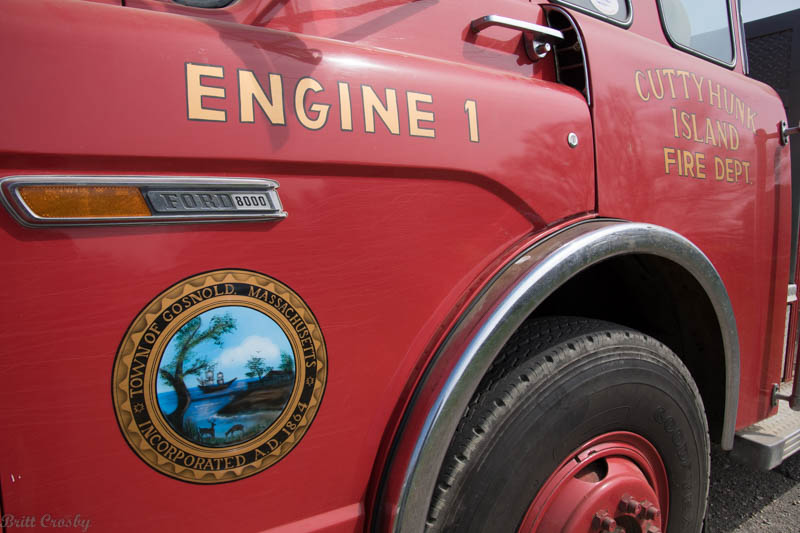
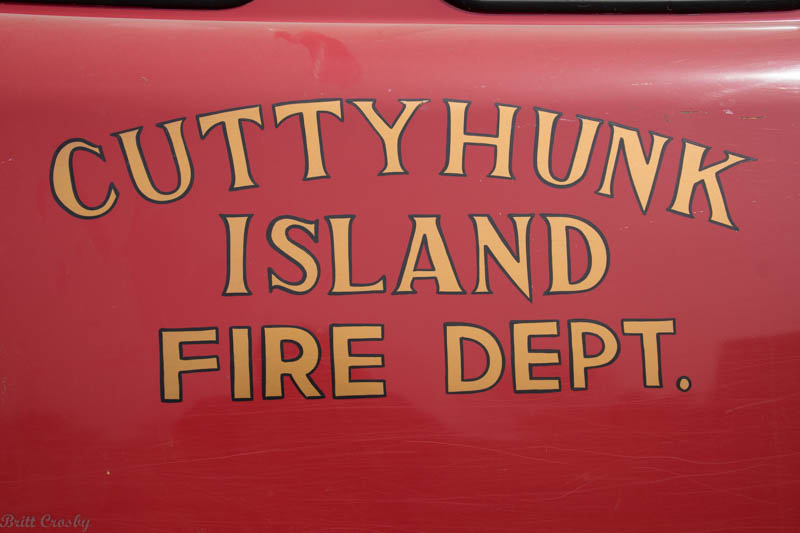
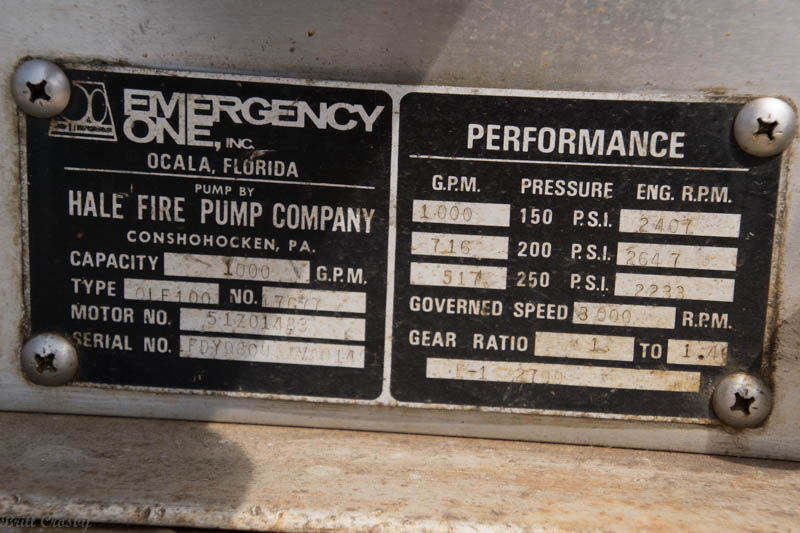
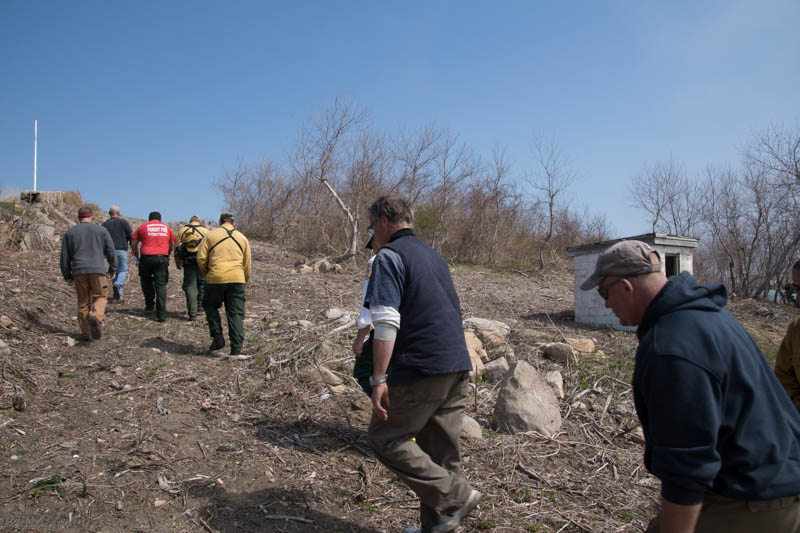
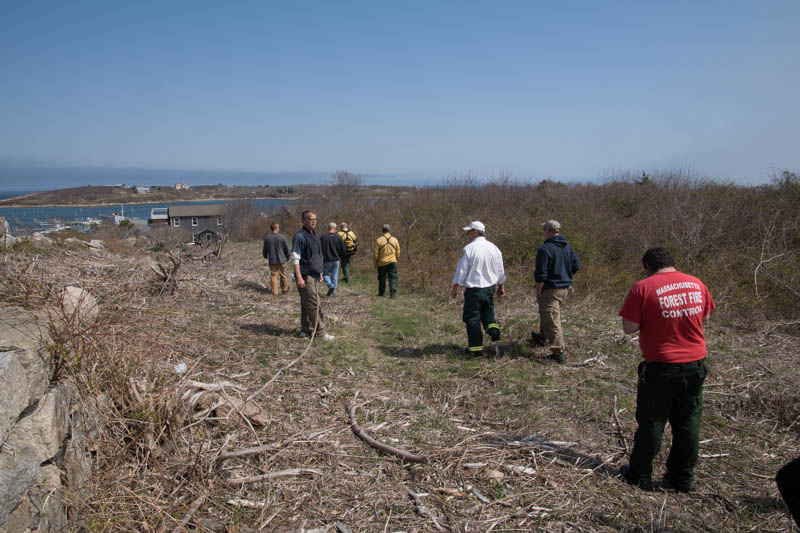
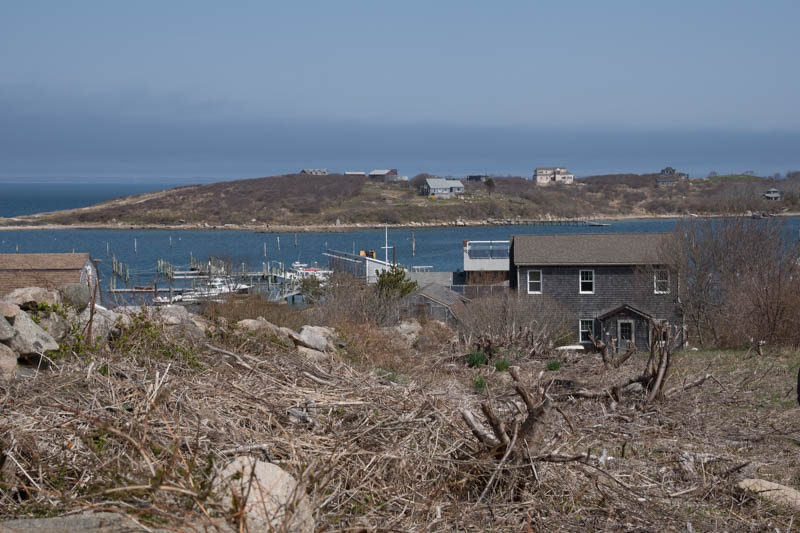
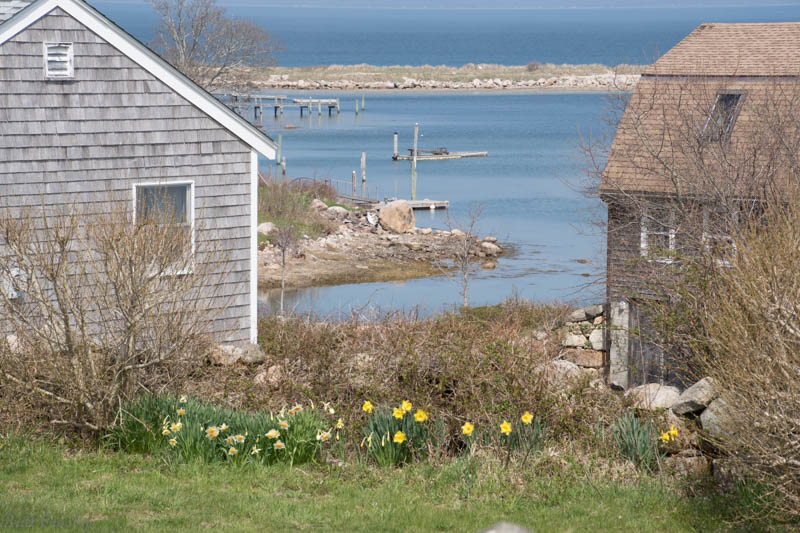
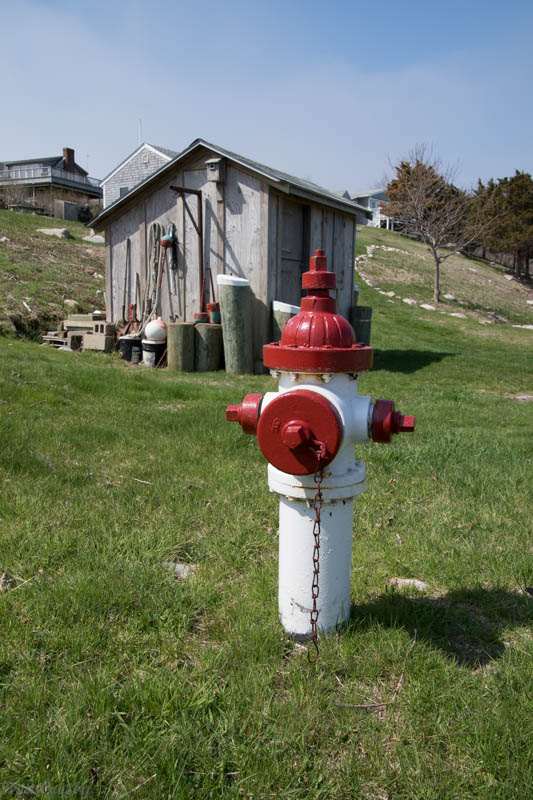
One of a number of hydrants on the island.
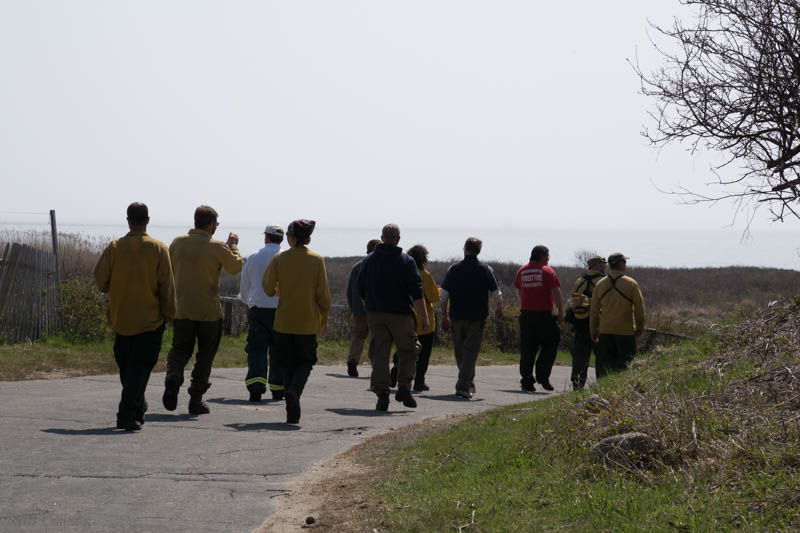
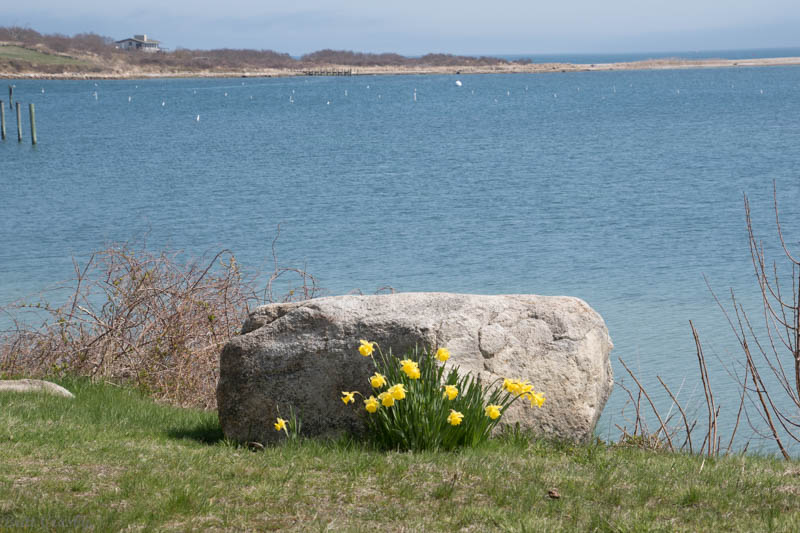
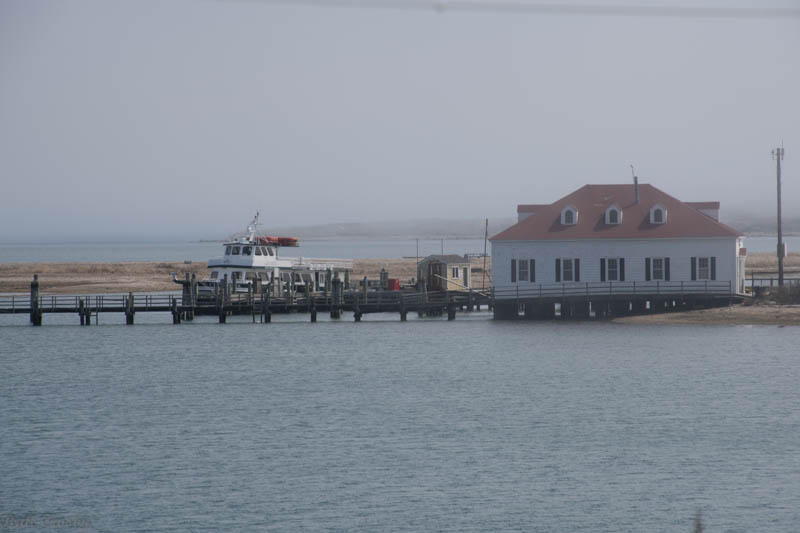
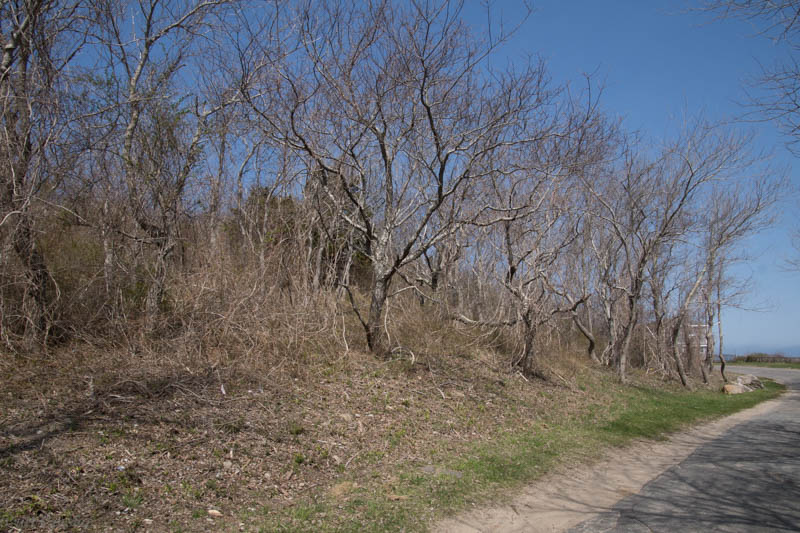
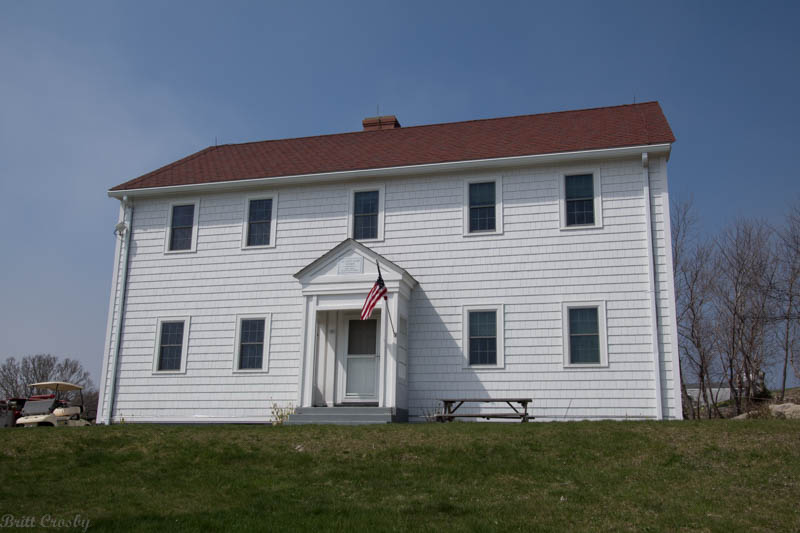
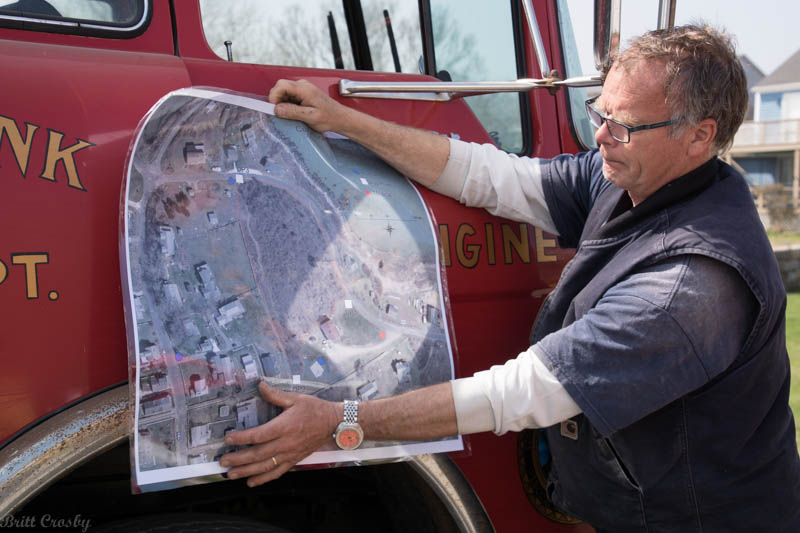
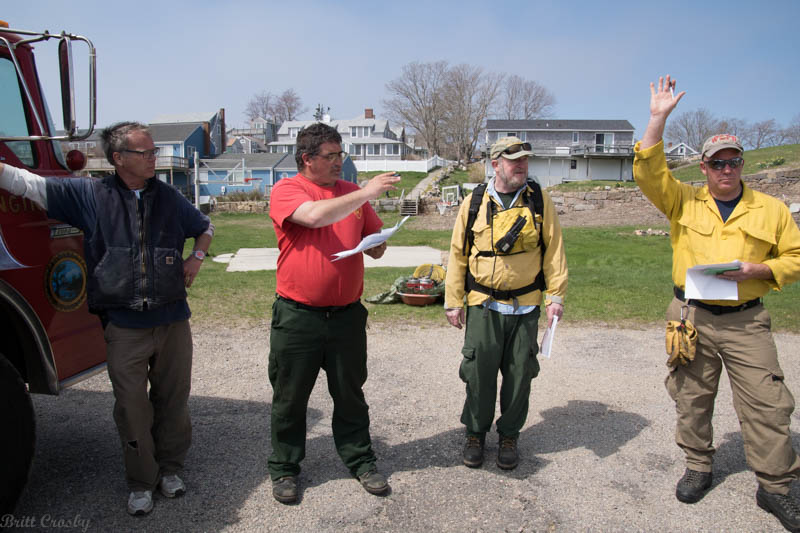
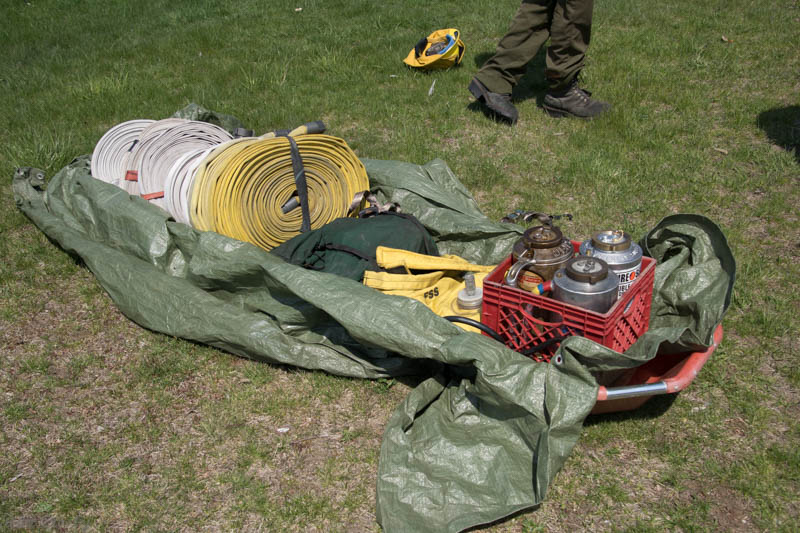
Some equipment was brought over from the mainland in a stokes basket.
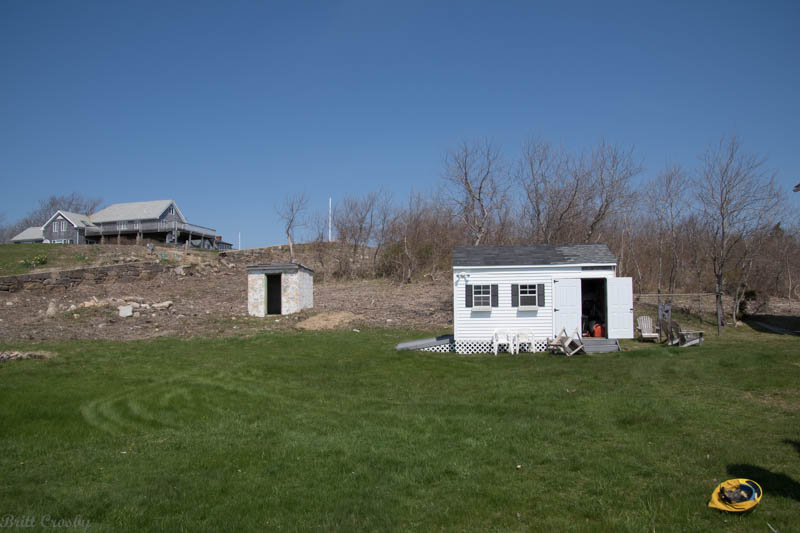
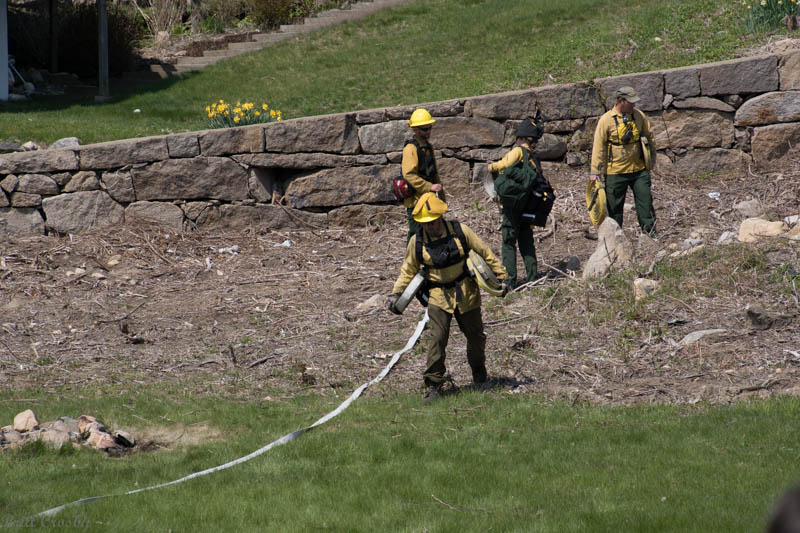
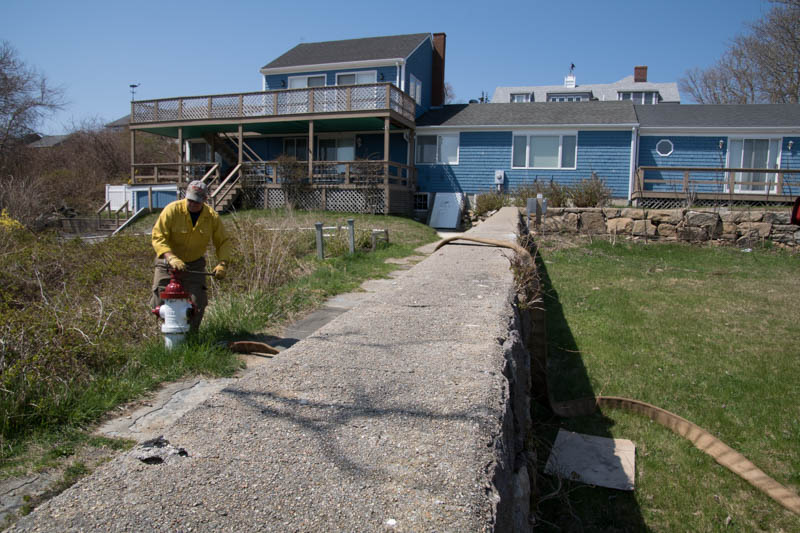
A water supply was established to Engine 1
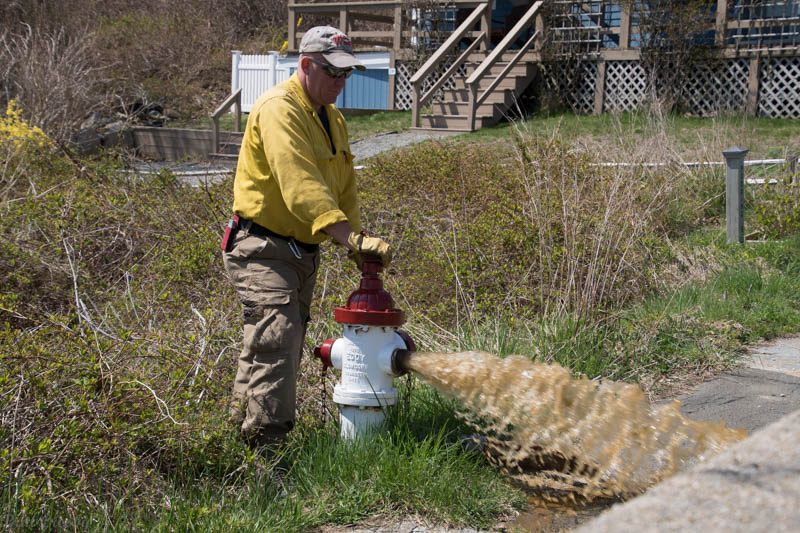
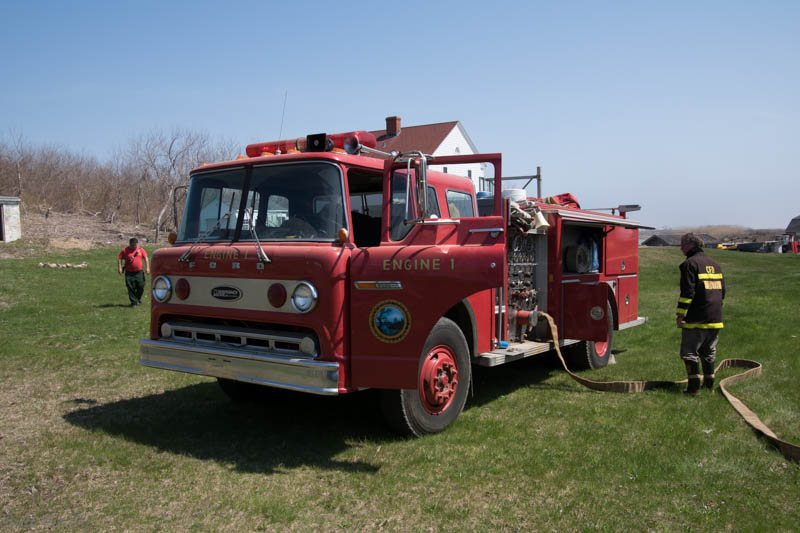
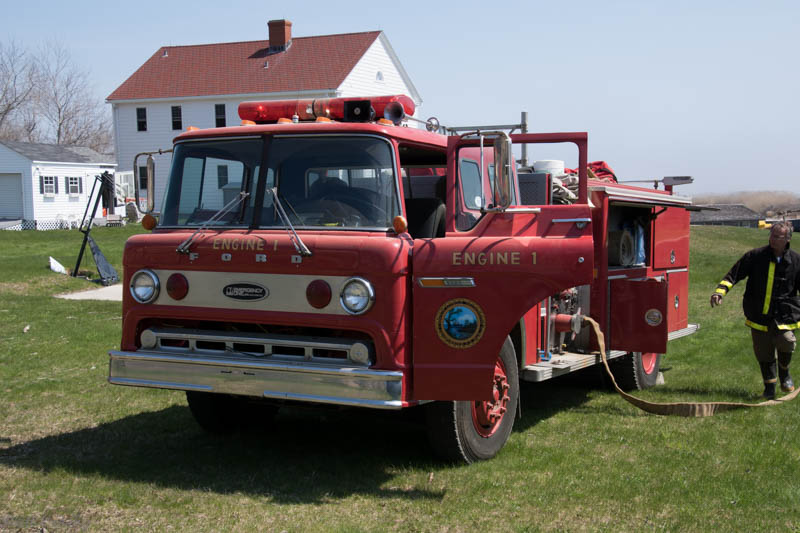
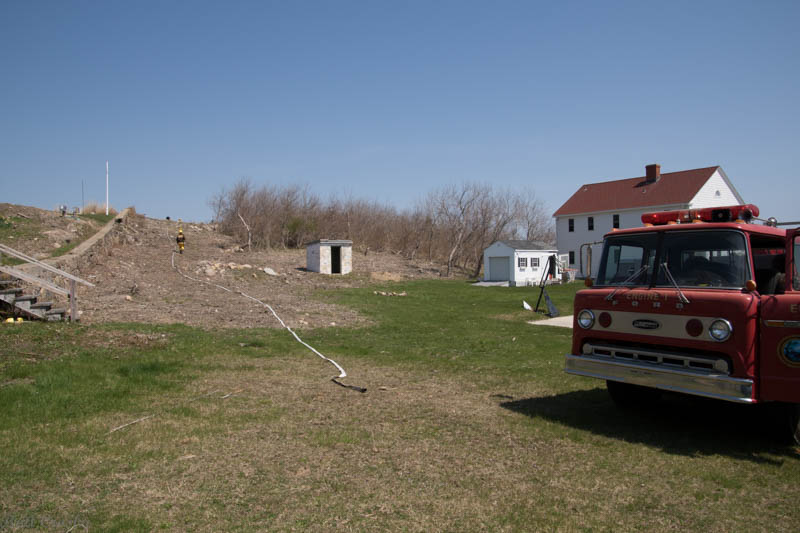
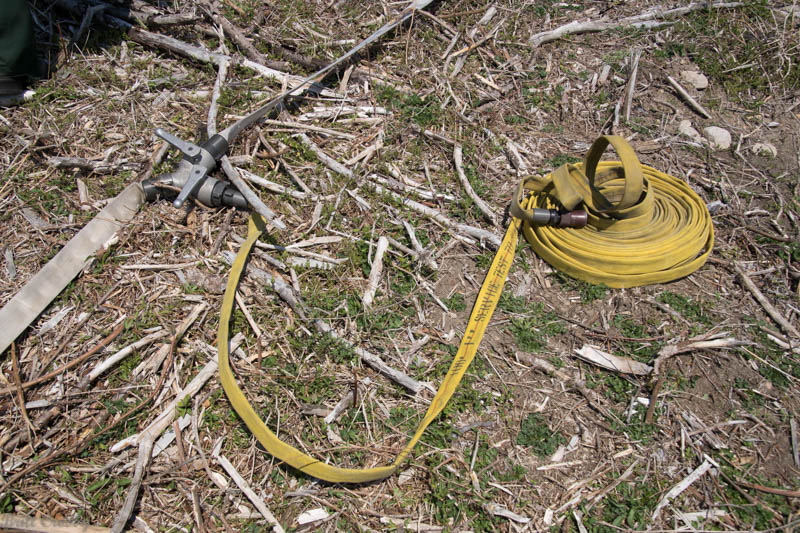
The progressive hose lay was setup in advance.

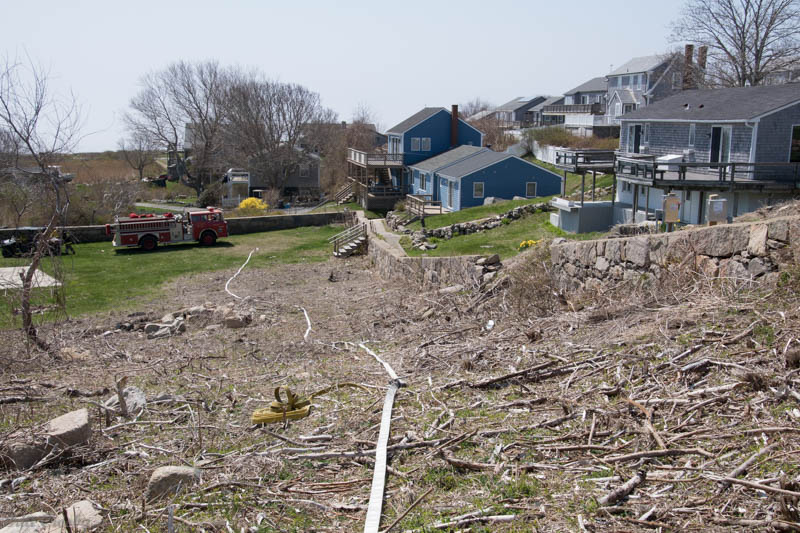
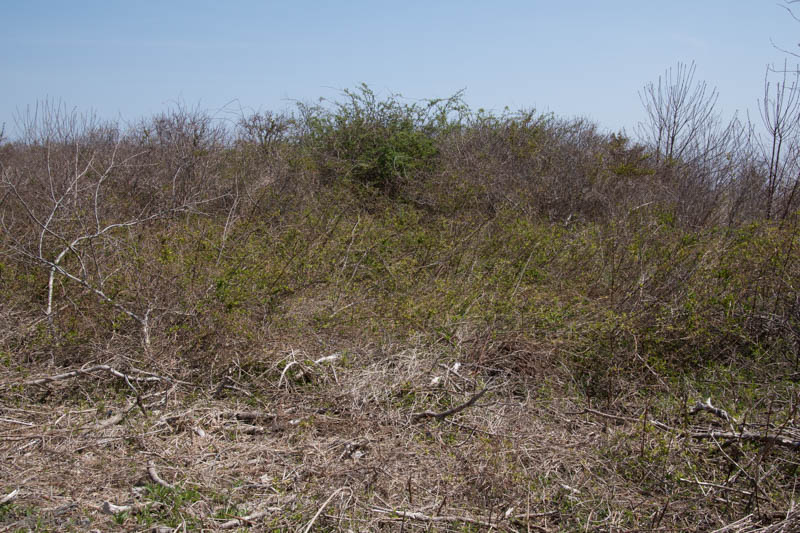
The fuel is pretty thick in the section making it difficult to walk into.
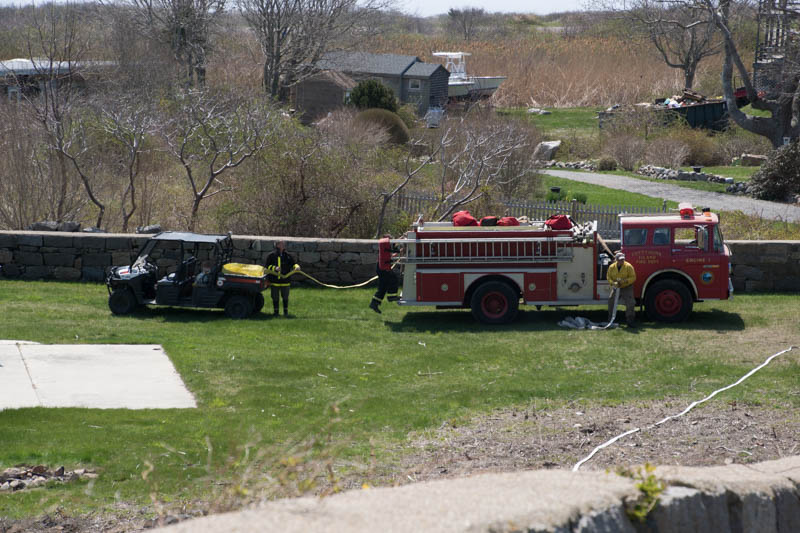
An ATV was utilized to bring some hose from Engine 1 to a third hydrant to protect homes.
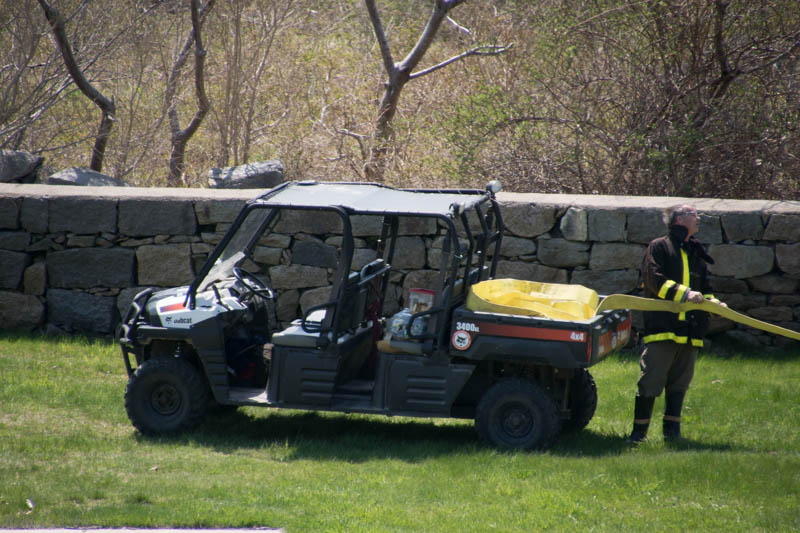
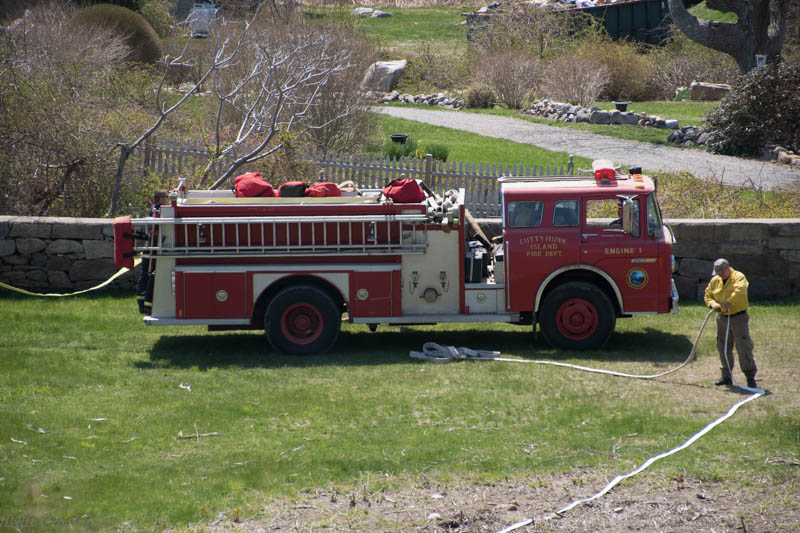
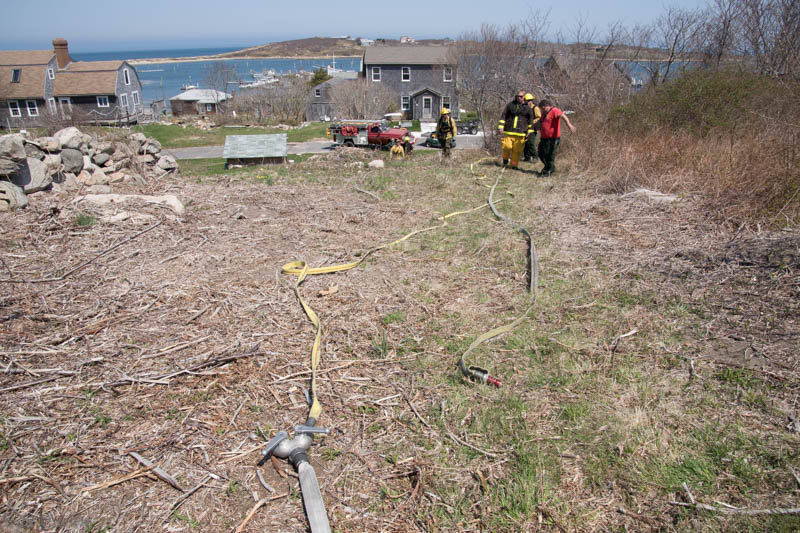
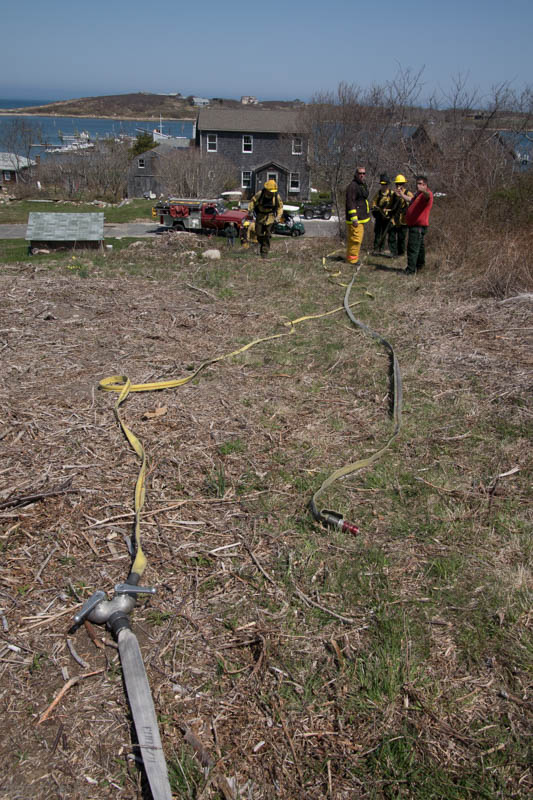
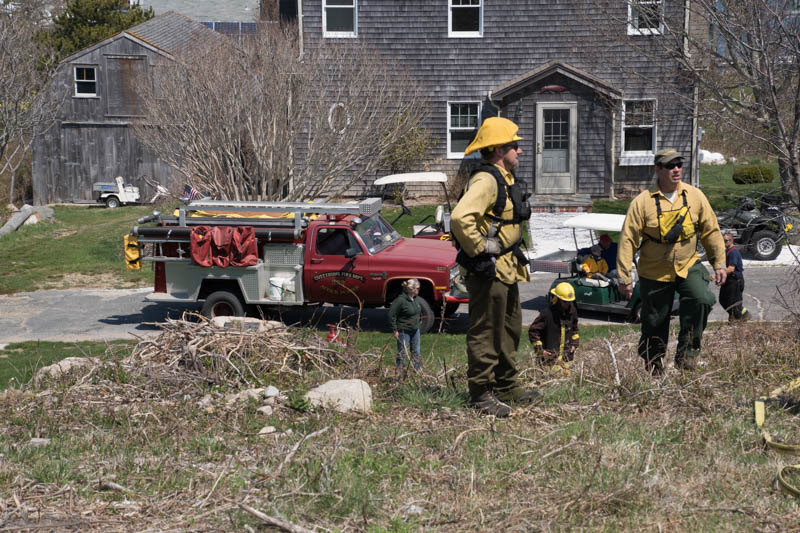
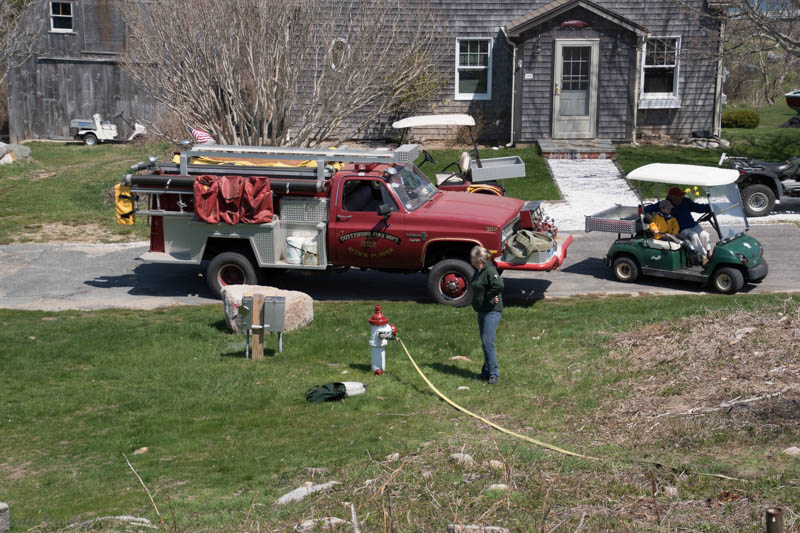
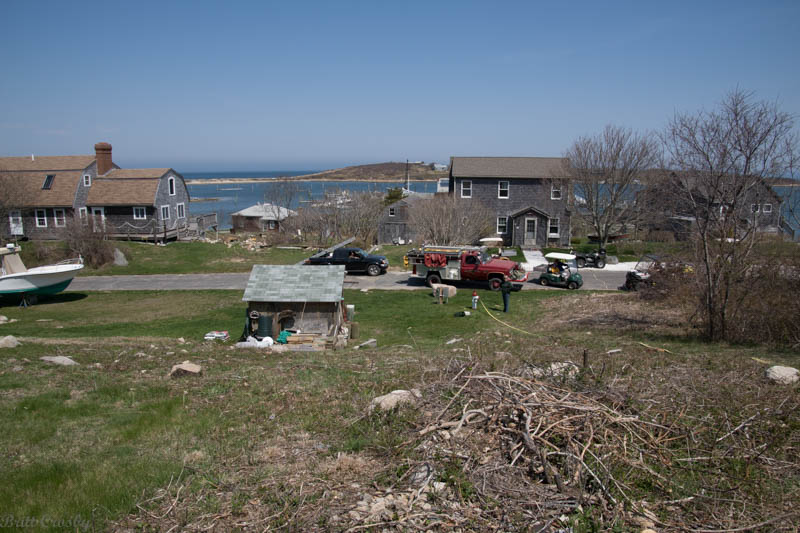
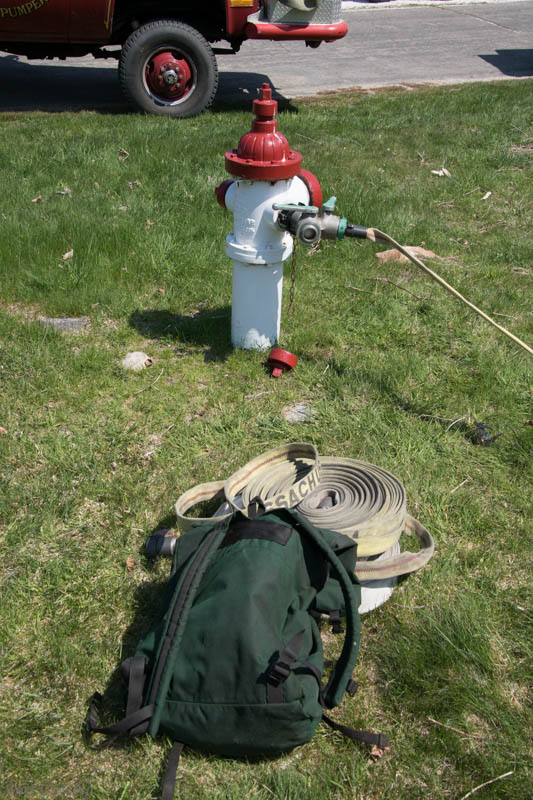
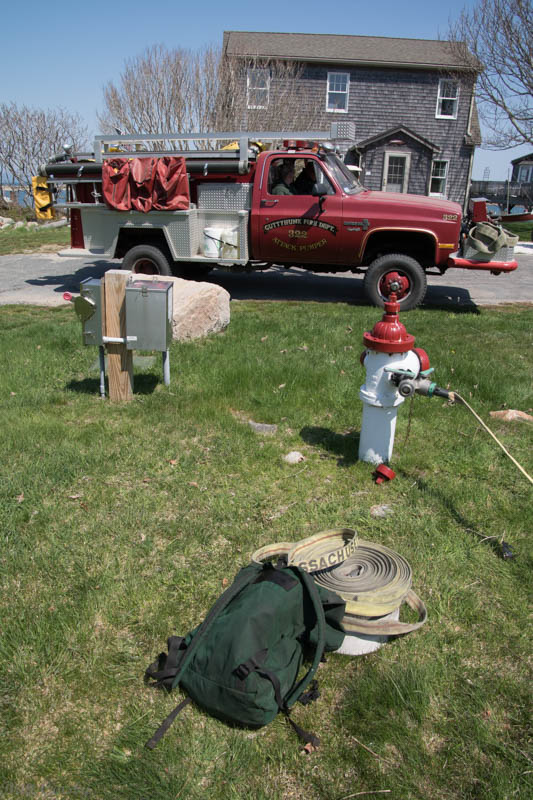
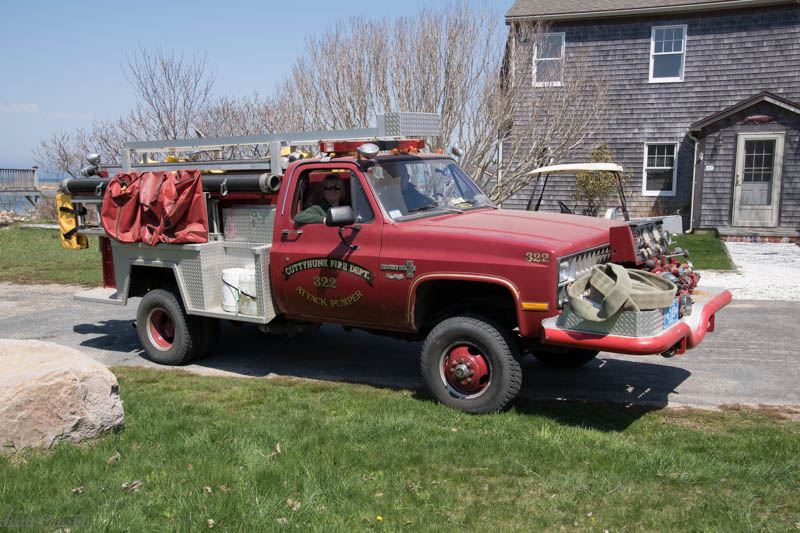
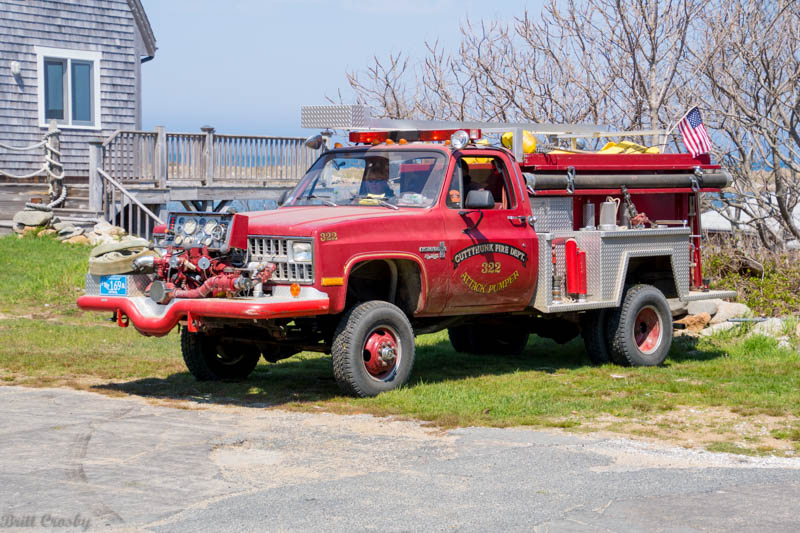
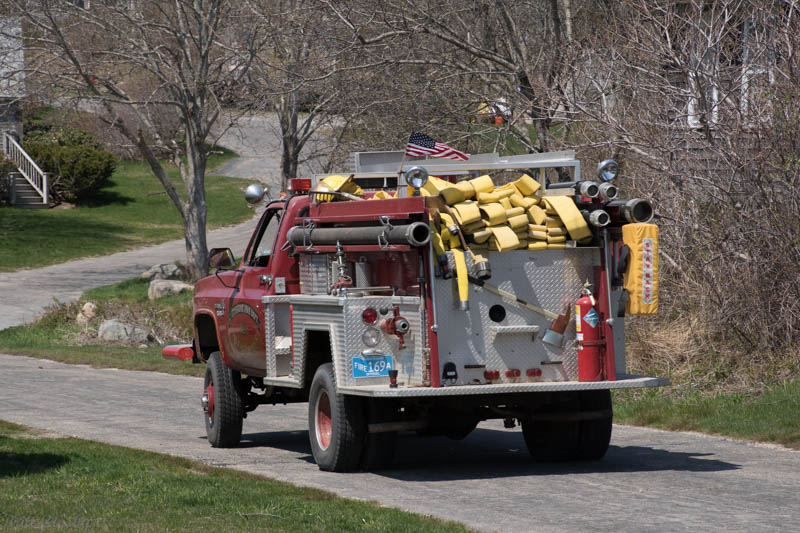
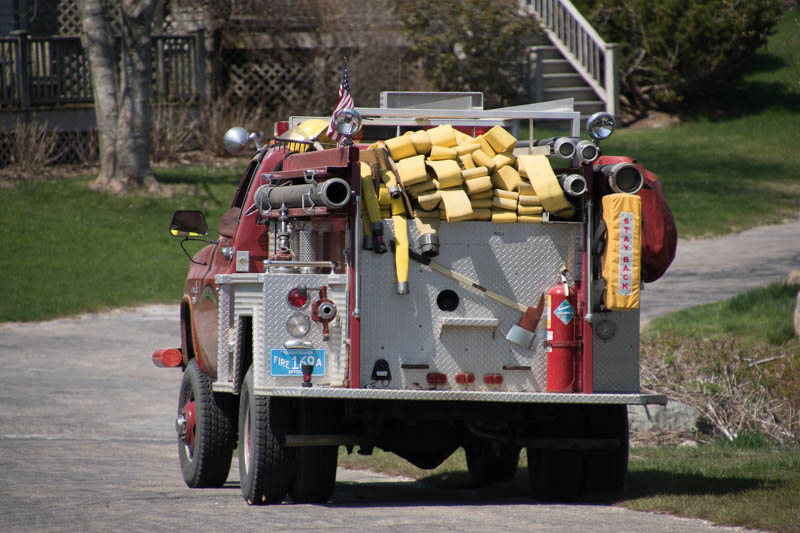
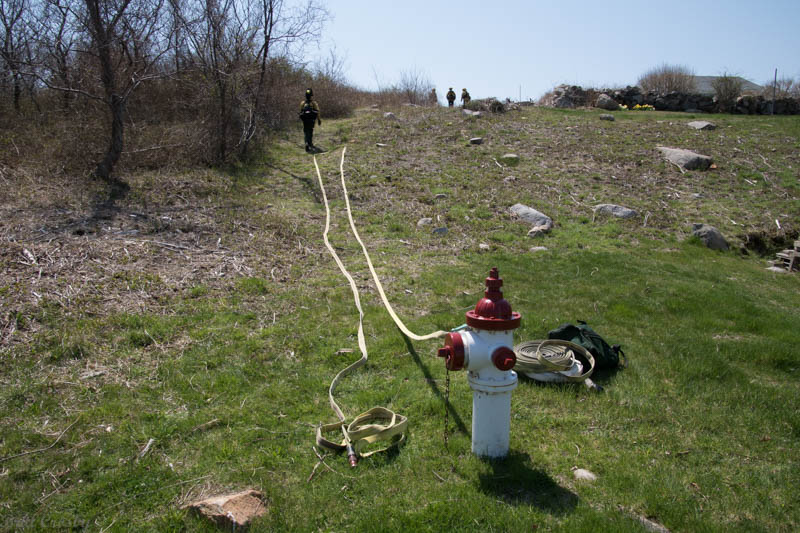
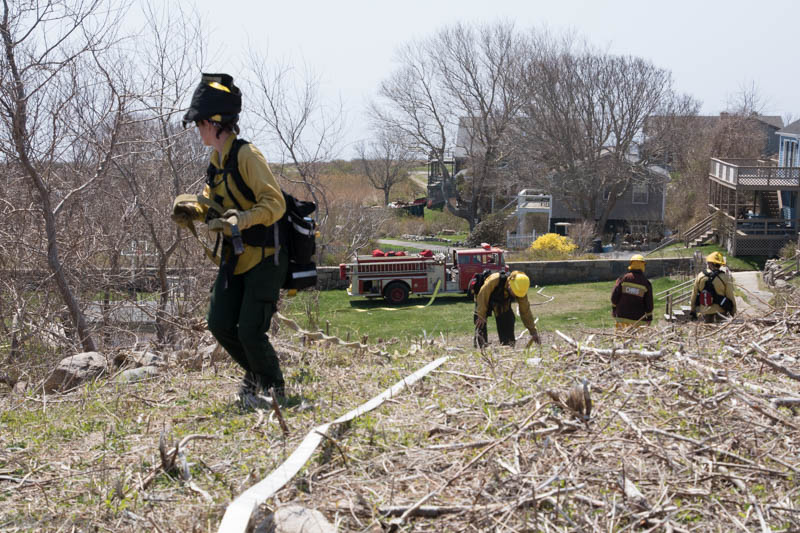
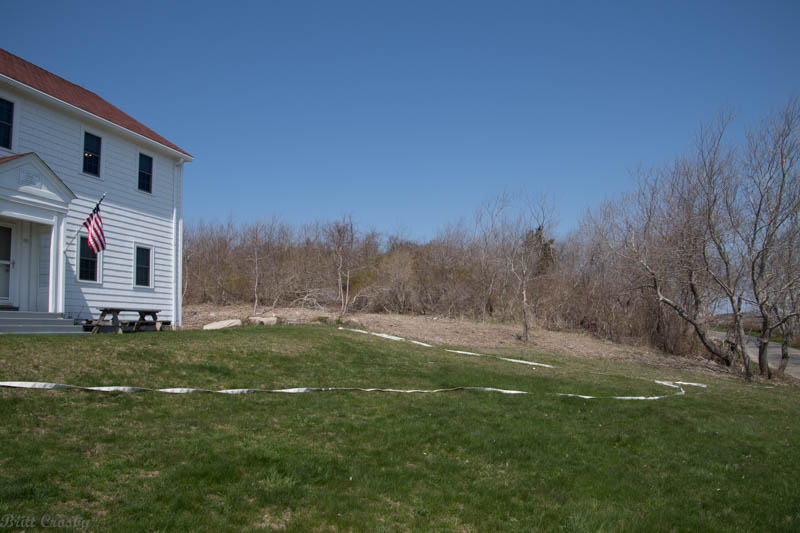
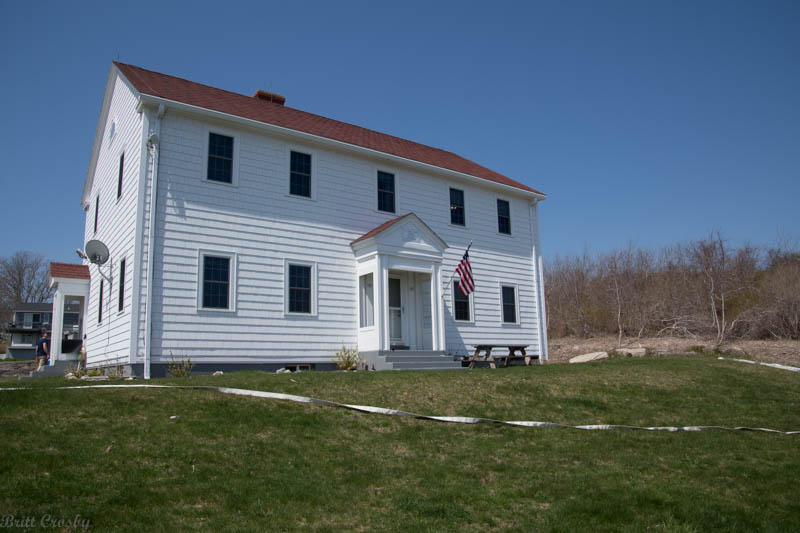
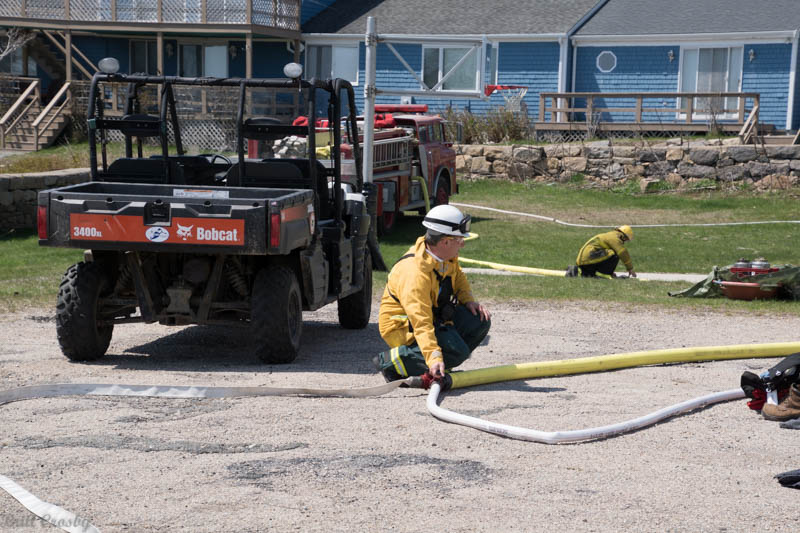
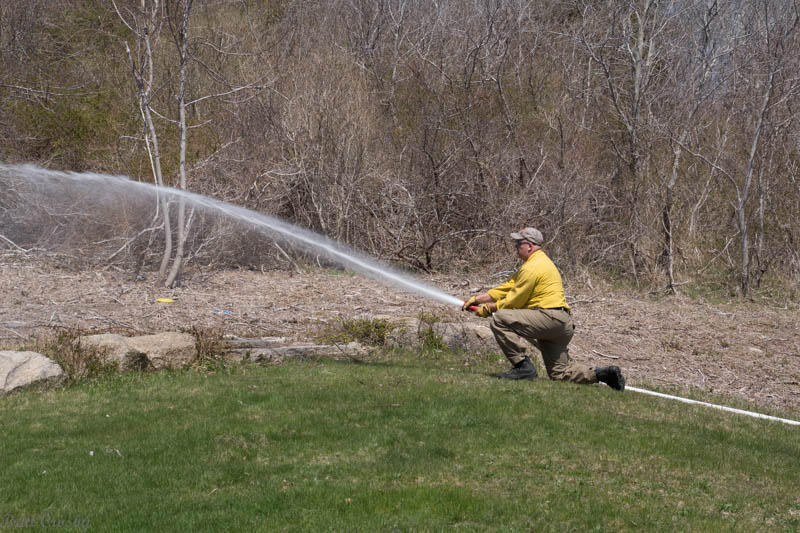
Water pressure is adequate to begin.
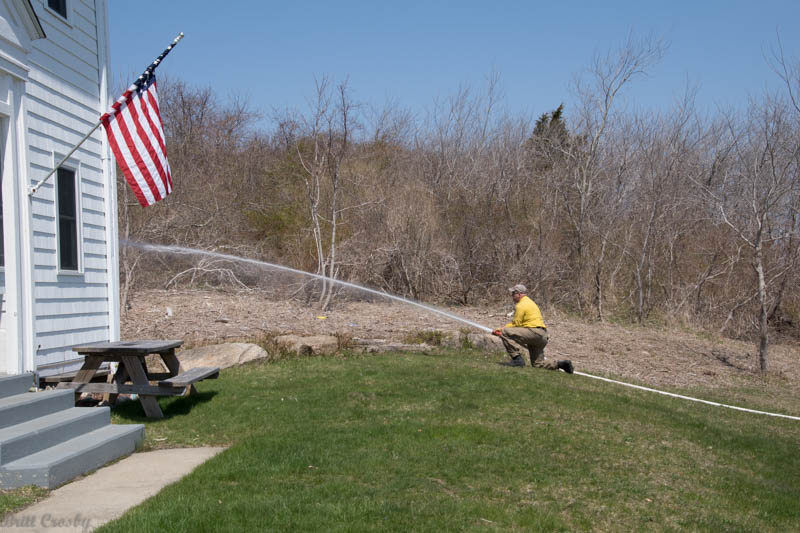
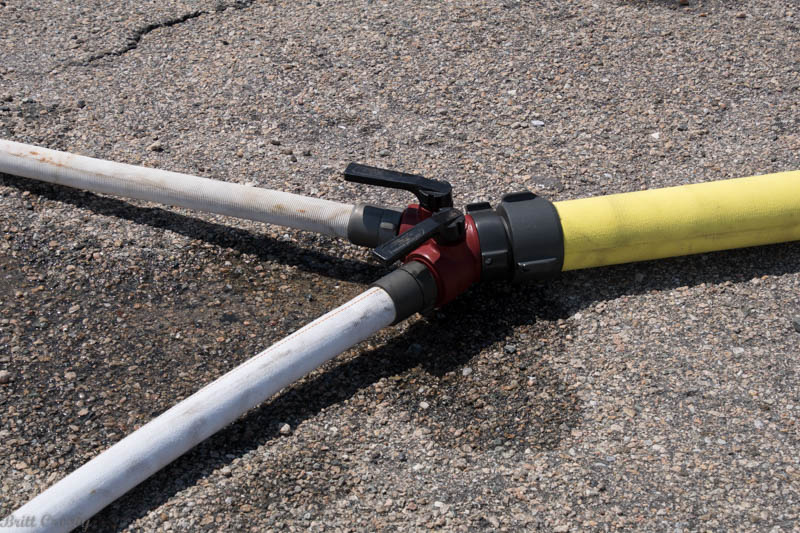
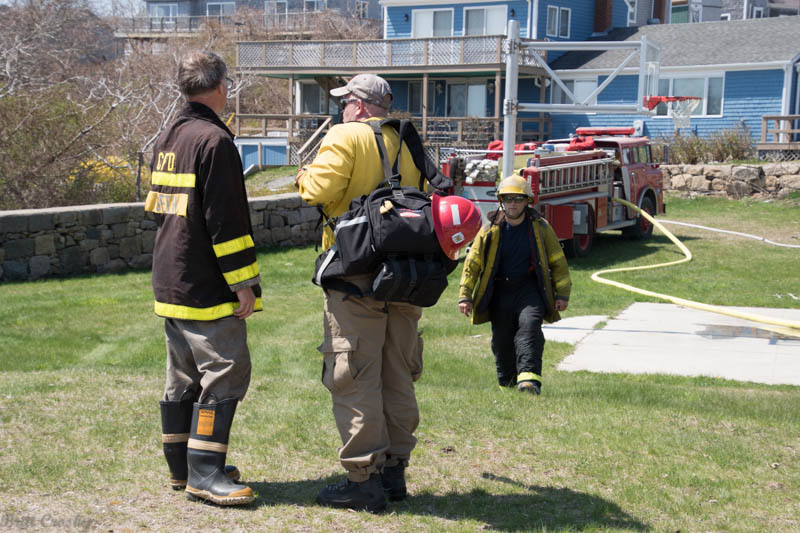
CapeCodFD.com
2015